Three things happened in the last month that have me thinking about the opportunities that banks have in front of them when it comes to customer engagement. This is a topic that is particularly important in the current environment, where margins and fees are all under pressure.
The first thing that happened was that in October RFI Global published a report by looking at the growth of digital banking across Asia.
The report’s findings are clear. If we focus on usage as a measure of growth in penetration then I don’t need to tell you that more people are using digital channels to engage with their bank than there ever have been. In Singapore for example, 76% of consumers use digital channels to bank now and among Millennials and Gen Z this figure is 83%.
What may be less obvious is the impact that frequent usage has on engagement and a bank’s ability to deepen customer relationships. There are a couple of ways to show this, but let’s start with advocacy. The NPS comparison between occasional users of mobile banking and daily users is stark. The chart below shows that in Singapore for example the main bank NPS of those that use mobile banking monthly is +13 compared to +31 for those that use it daily – it’s a similar story for Internet banking and it’s also similar in Hong Kong.

The chicken and the egg
Further, these digitally engaged customers are more likely to be in the market for products and services in the next 6 months. Let’s focus on Singaporean mobile banking users again. The chart below shows that 32% of daily mobile banking users are in the market for a new banking product in the next six months compared to 26% of monthly users.
Now you could argue that there is a chicken and an egg question here – i.e. does increased digital engagement lead to increased appetite for products? Or are these people more heavy users of digital because they are in the market for products?
I actually don’t think it matters. Because ultimately whichever of these is true, it doesn’t change the fact that customers that are the most frequent digital users are also the ones that represent the greatest opportunity for deepening.
You don’t ne ed to be a statistician to work out that these new arrivals are key to growth for our nation’s banks.

So how do we deepen those relationships?
While I ponder the above, I was invited to speak on a panel by Moneythor focused on loyalty and engagement in financial services. This was the second thing that happened to me. It is clear that many banks are grappling with the challenge of customer loyalty and are looking to marry that with their desire to be digital-first when it comes to customer interactions.
On the panel we spoke about good and bad examples of companies attempting to engage customers and how banks can overcome any challenges to truly engage. On the bad side, there were the usual ‘horror’ stories of service providers creating unnecessary channel interactions through incorrect panic-inducing messaging and also examples of missed communication opportunities and lack of call-to-action.
On the more positive side, we spoke about the ways that banks are focusing on adding value for customers by enabling them to take advantage of retail/ utility service offerings and nudging them towards behaviours that will save them money or improve their balance sheet.
And this leads me to my third thing, which was from a recent conference where Visa talked about the ways that non-banking service providers are using payments to improve the customer experience. There are many examples of embedded finance from in-app purchases and finance at point of sale to micro-insurance – the one that Visa talked to was that of Grab (Uber in Singapore), which enables riders to purchase trip insurance in the moment while riding from A to B.
These micro finance moments will become a huge boon for businesses in what is rapidly becoming a subscription-led economy. Those of you that live in the Apple universe, need only look at the various ways we engage with the company – iCloud storage, Apple Music, iTunes, Apple TV+ etc. – each month to know that over time we are increasingly wedded to the service providers that offer us convenience and utility for a fee.
The question I started to ask myself was – is there an opportunity for banks to offer more bite-sized products to customers in this way as part of their attempts to engage and deepen customer relationships? In the moment financial products or moment-oriented finance if you prefer – MOFI.
Challenges and Opportunities
Traditionally banks have not been good at being in the moment because of two challenges.
Firstly, as a bank it is hard to be in front of a consumer at a time when they might be in the market for a certain product or service. Granted this is getting easier as more and more customers use digital banking with increasing frequency, but new product interactions with our banks are still something that we tend to do distinct from other tasks, rather than being wrapped up in other service experiences.
And secondly, often new product and service interactions tend to be for ‘large’ ongoing products or services – mortgages, credit cards etc – rather than for small bite-size pieces of a product that might be used once and then discarded.
Over time this will get easier – we talked about the trend towards increased digital usage frequency – but there is also more to be done here to ensure that what is on offer in the banking app is more engaging outside of run of the mill transactions.
In the short term, AI and increasing usage of customer data, mean banks have a never before matched opportunity to be proactive with customers based on their behaviour. If they don’t have a credit card because they’re under 25 and they’re making a large purchase, do they want to take out a micro-PPI policy relating to it for a few dollars? Do they need a small overdraft subscription for one month to help them fund it in the short term?
In the long term, loyalty programs will bring customer attention to retail and utility offerings that add real value in their lives and the gamification of savings and PFM tools will ensure that the next generation of consumers interacts to optimise their balance sheets.
I am excited about what this means for customer interactions and for the ways that banks think about deepening relationships. There is a greater proximity between our financial and non-financial lives than ever before and the banks that succeed, will be the ones that can bring them together seamlessly.
Get in touch for more insights.
Subscribe to get the latest RFI data and insights.
About the Author
Alan Shields is the co-founder and a director at RFI Global, he oversees the design, roll-out and delivery of syndication and custom products to RFI Global’s clients globally. Alan has more than 20 years’ experience in research analysis and has spent his entire career focused on financial services across the globe including Europe, North America, the Middle East and Asia Pacific.
He has worked on syndicated and bespoke projects with every bank in Australia and New Zealand, with most major banks in the Asia Pacific region, as well as the major global banks. Prior to setting up RFI Global in 2006, Alan was Head of Financial Services – Asia Pacific at global research firm, Datamonitor, establishing Datamonitor’s financial services business in the Asia Pacific region in 2004, after relocating to Sydney from London. Alan began his career with Reuters in London as a financial services consultant, where he worked on the Nasdaq Europe project before moving to Singapore and focusing on wealth and risk management in the region. He is a regular speaker at thought leadership events across the US, Canada, Europe, Asia and Australia and authors regular articles on the latest global consumer banking trends.
He has a Bachelor of Science Degree in Physics from the University of Birmingham and studied his License de Physique at the Universite de Bordeaux I.
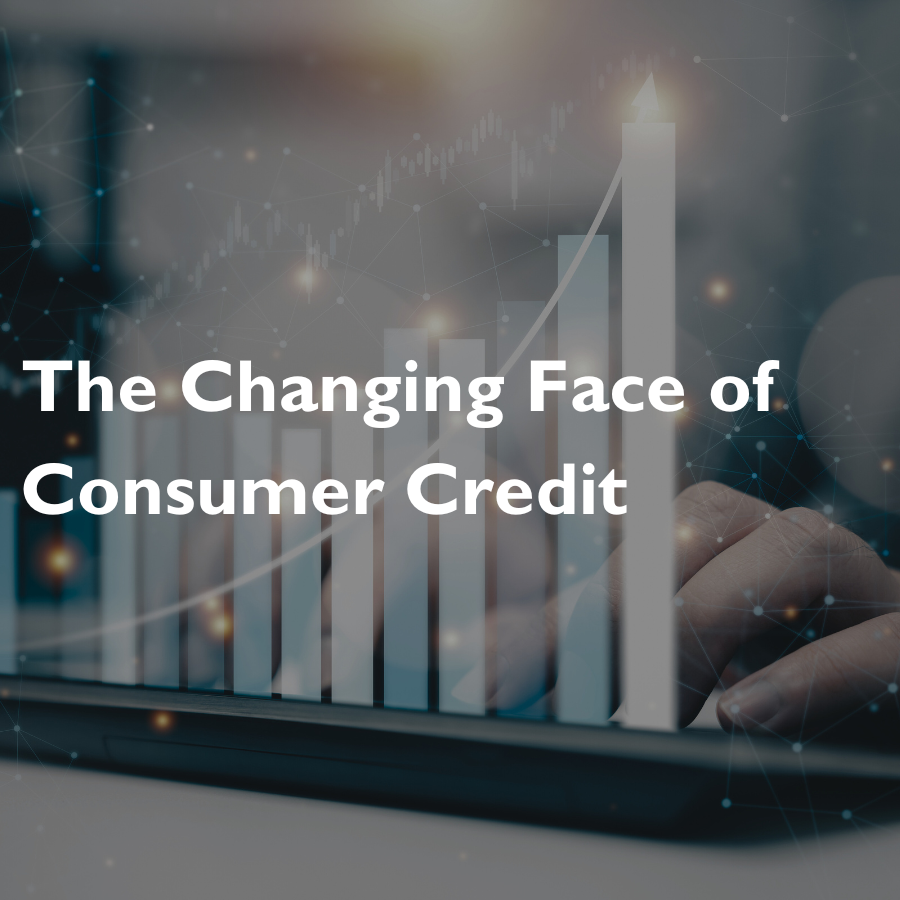
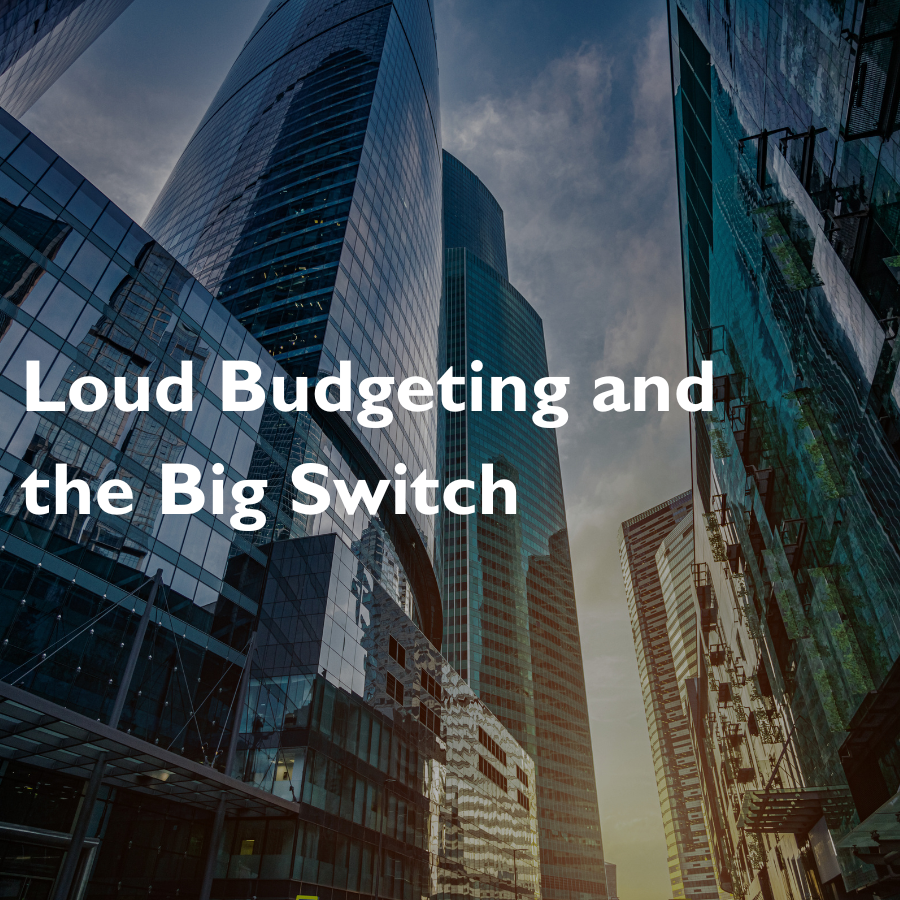

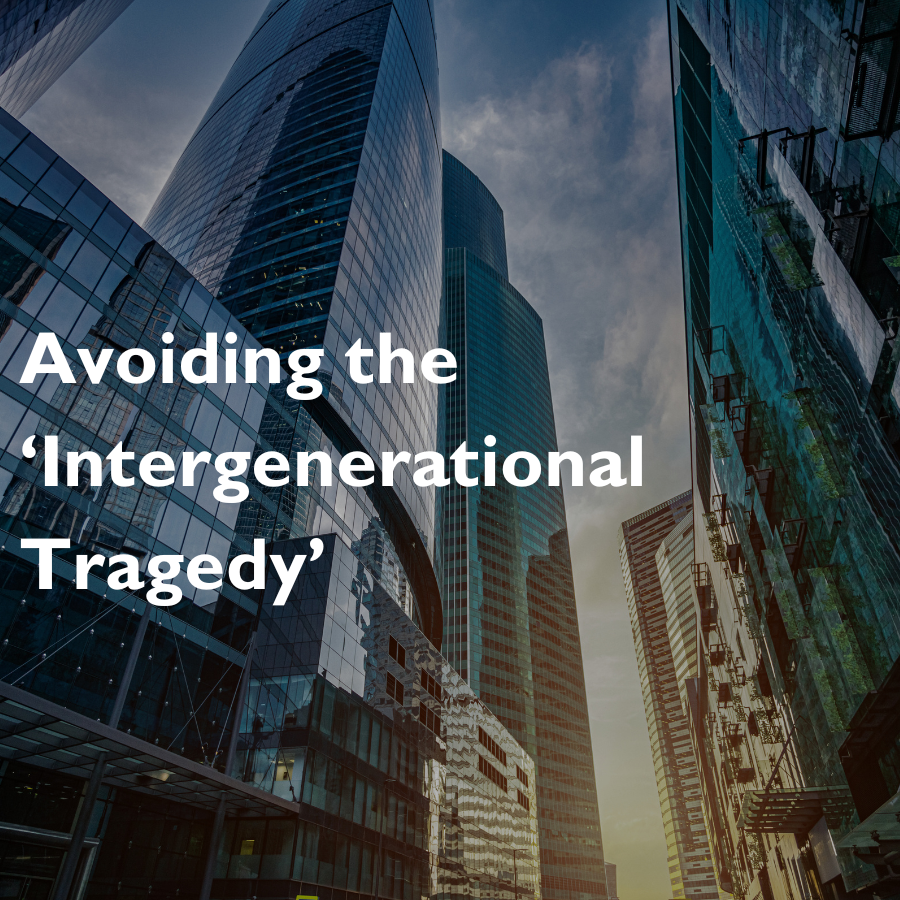


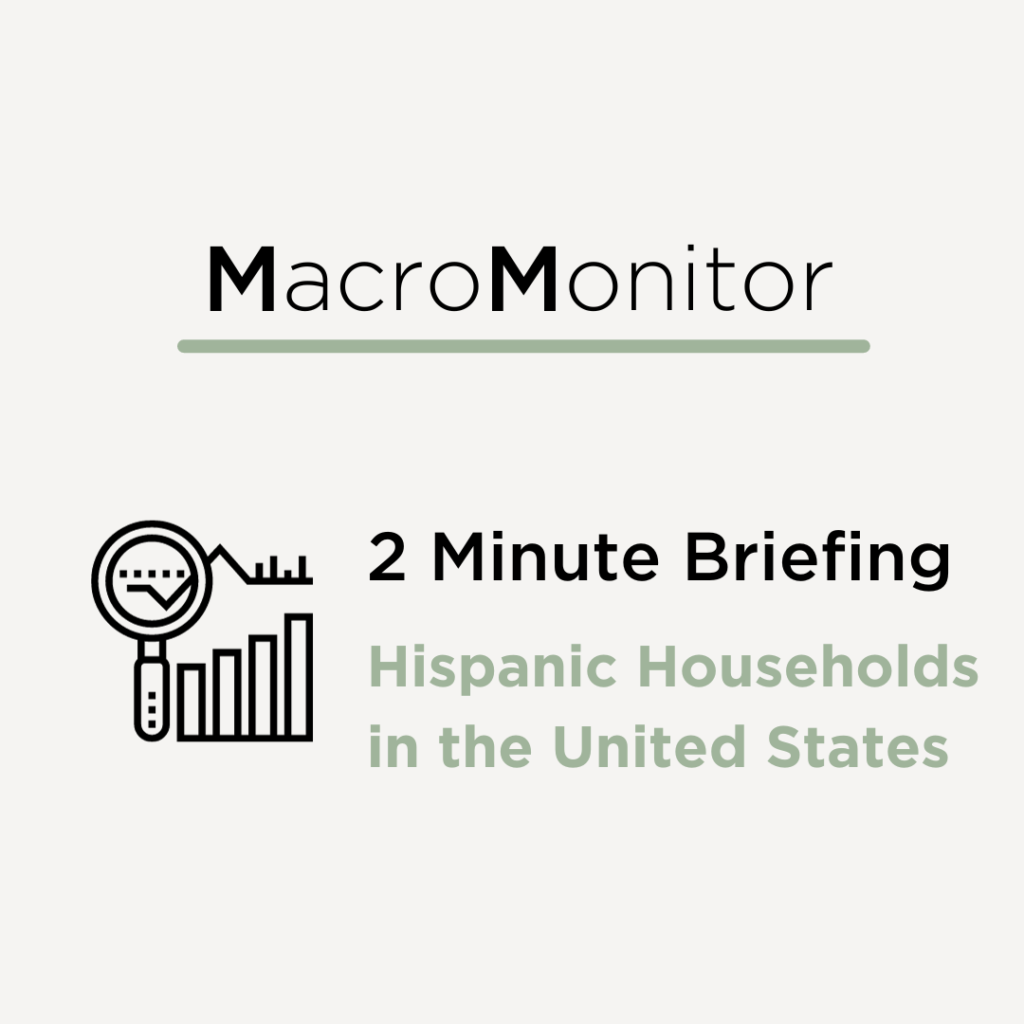
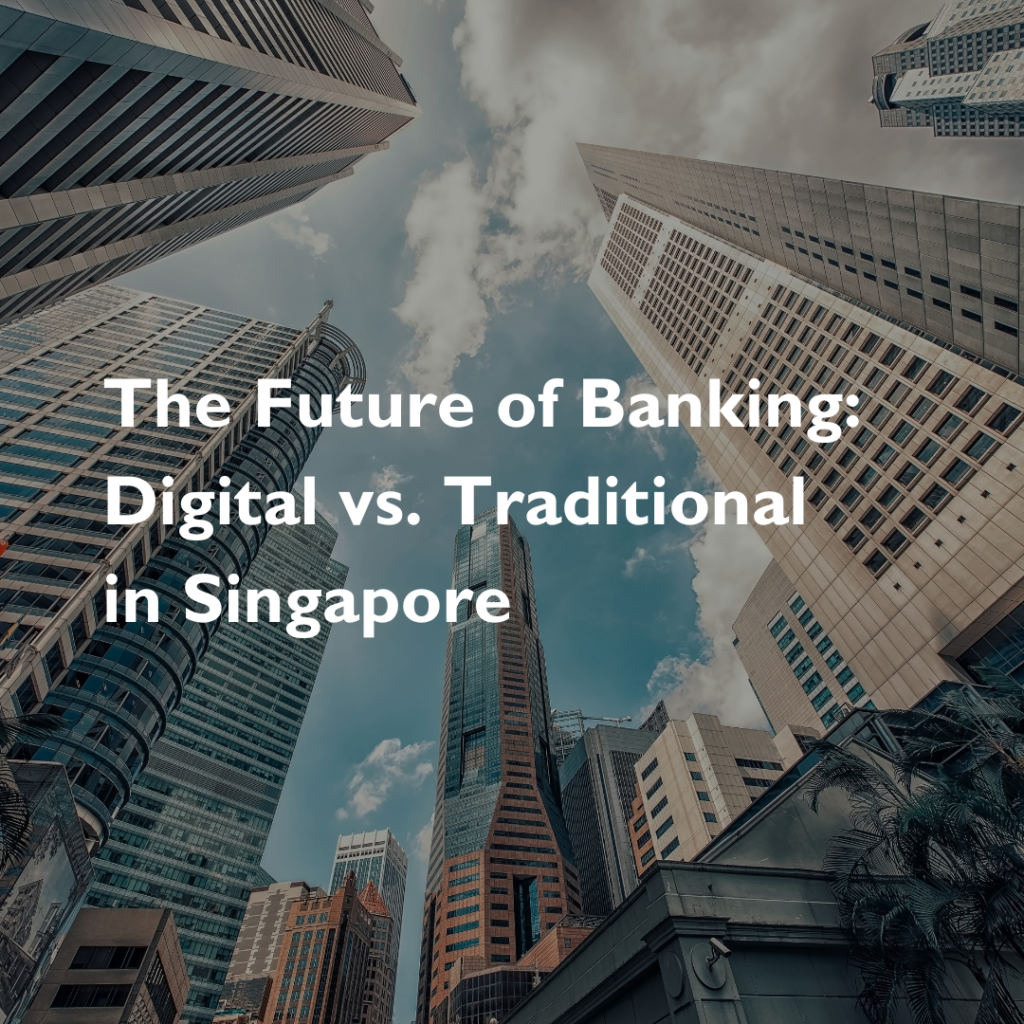
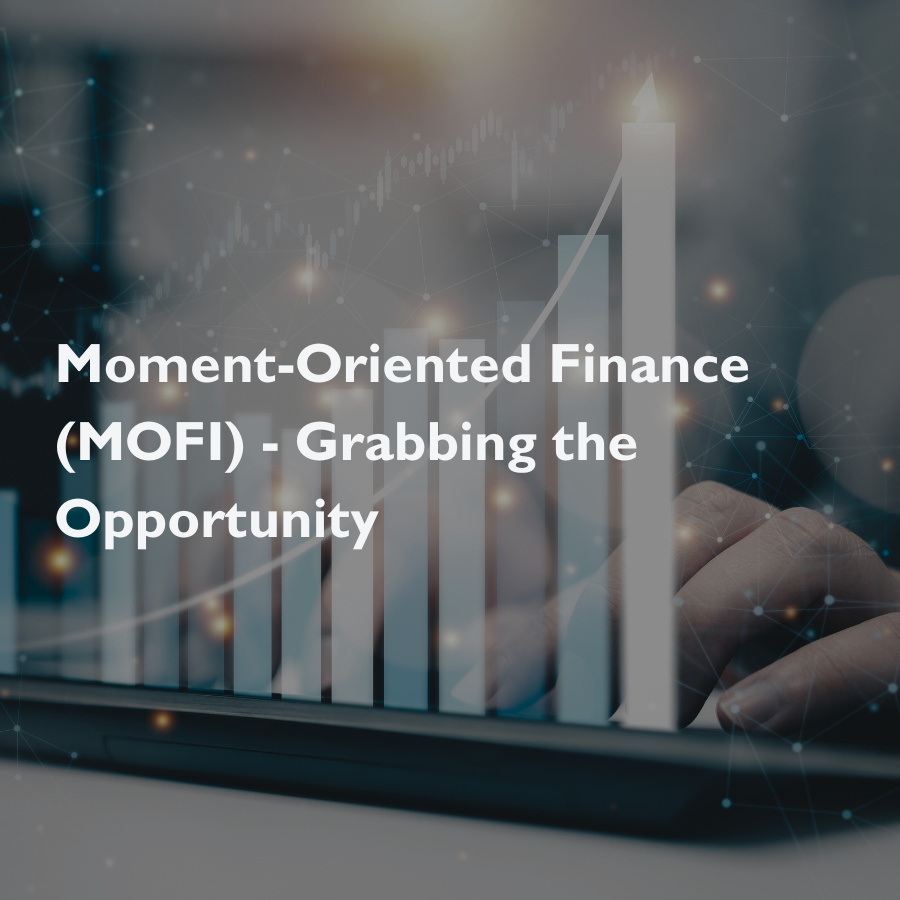
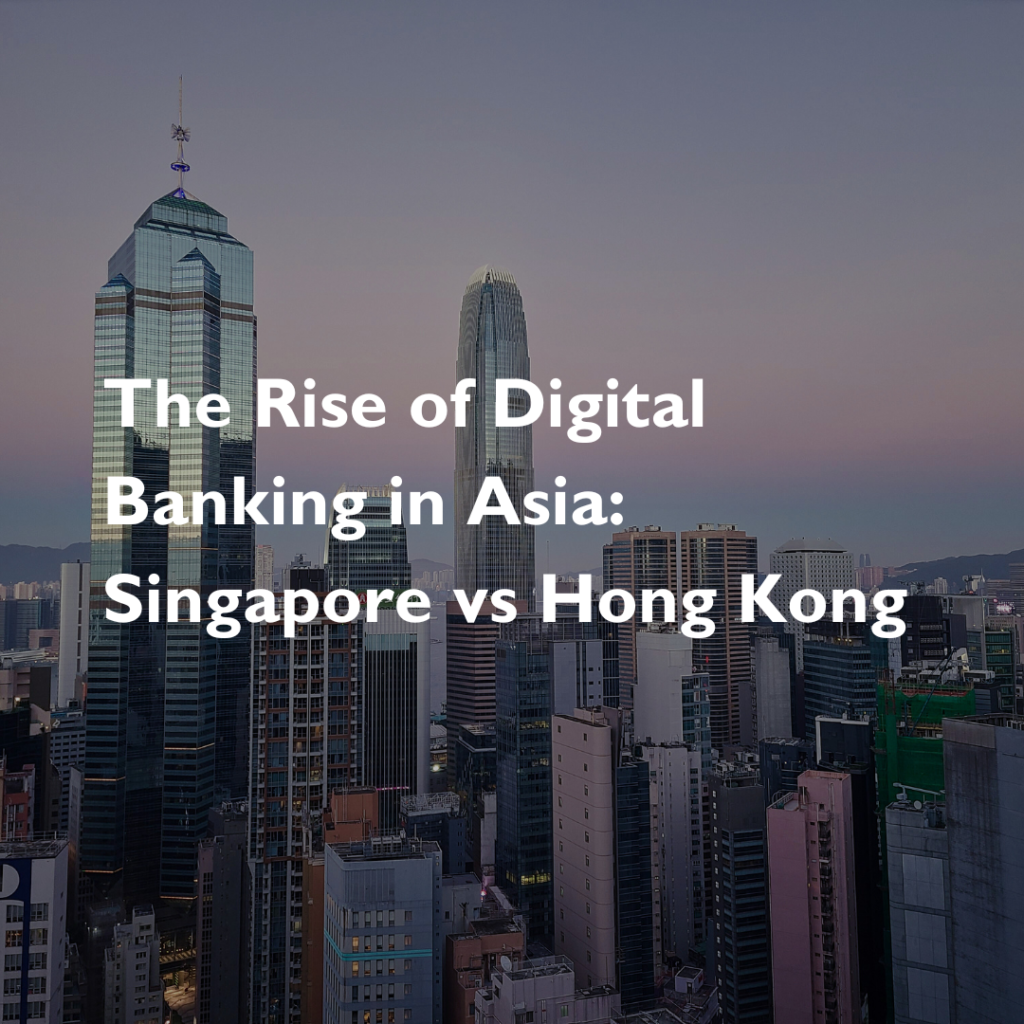

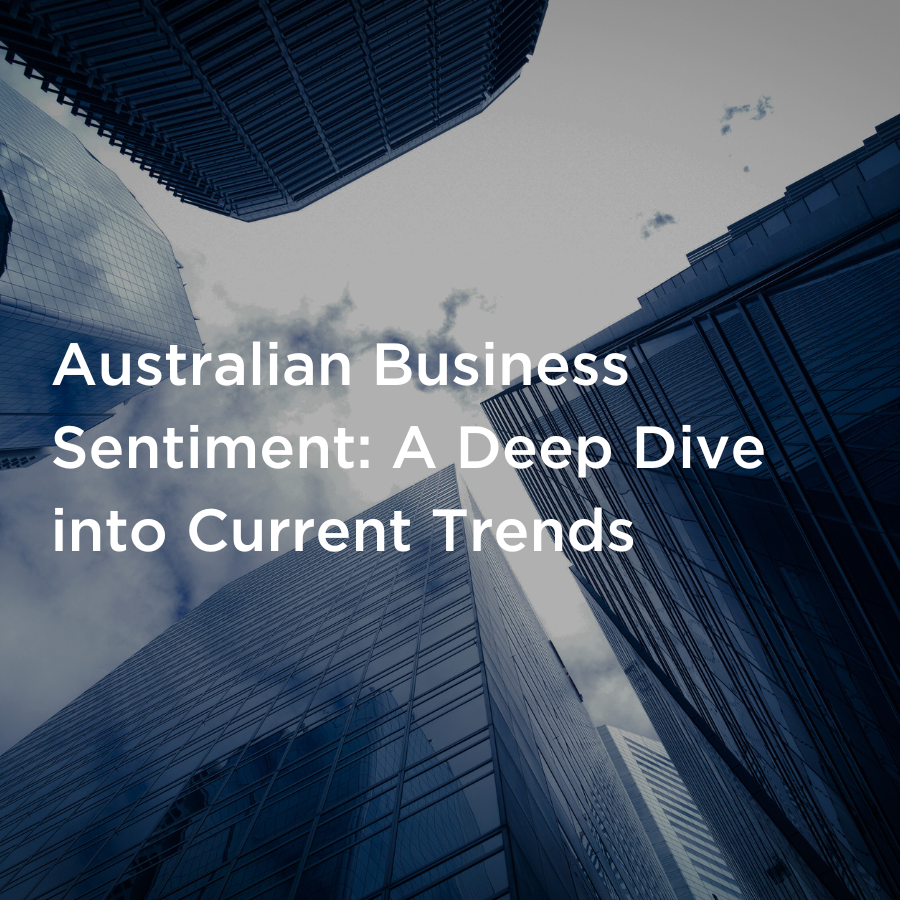
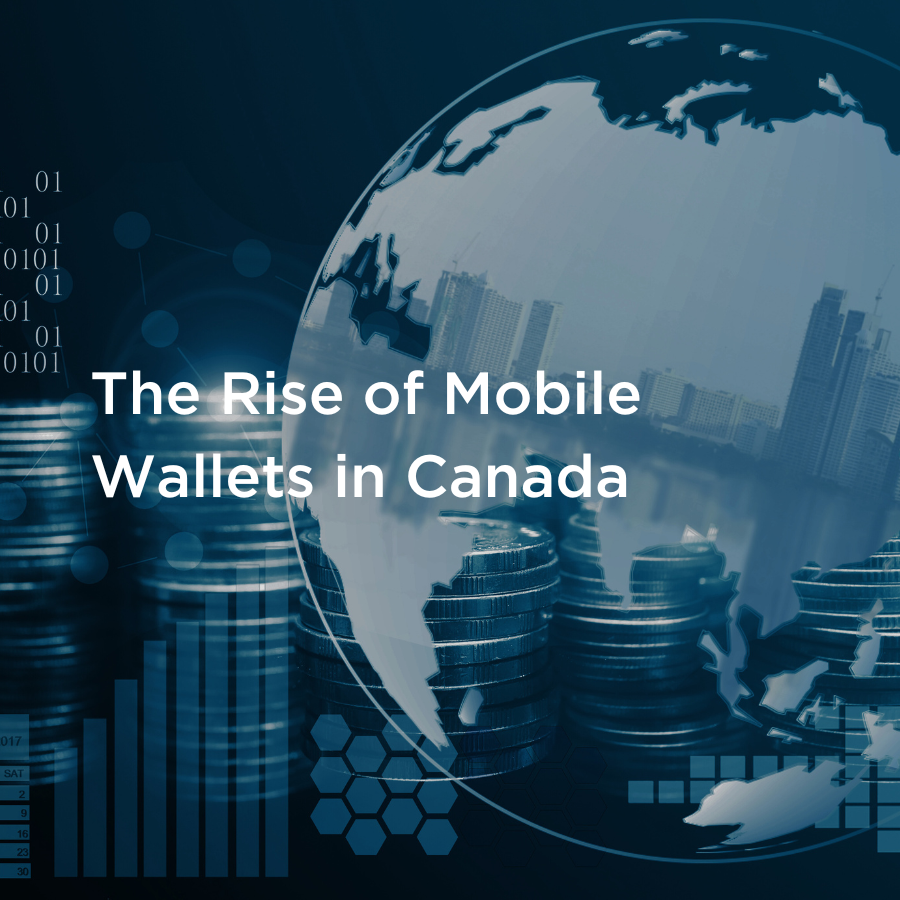
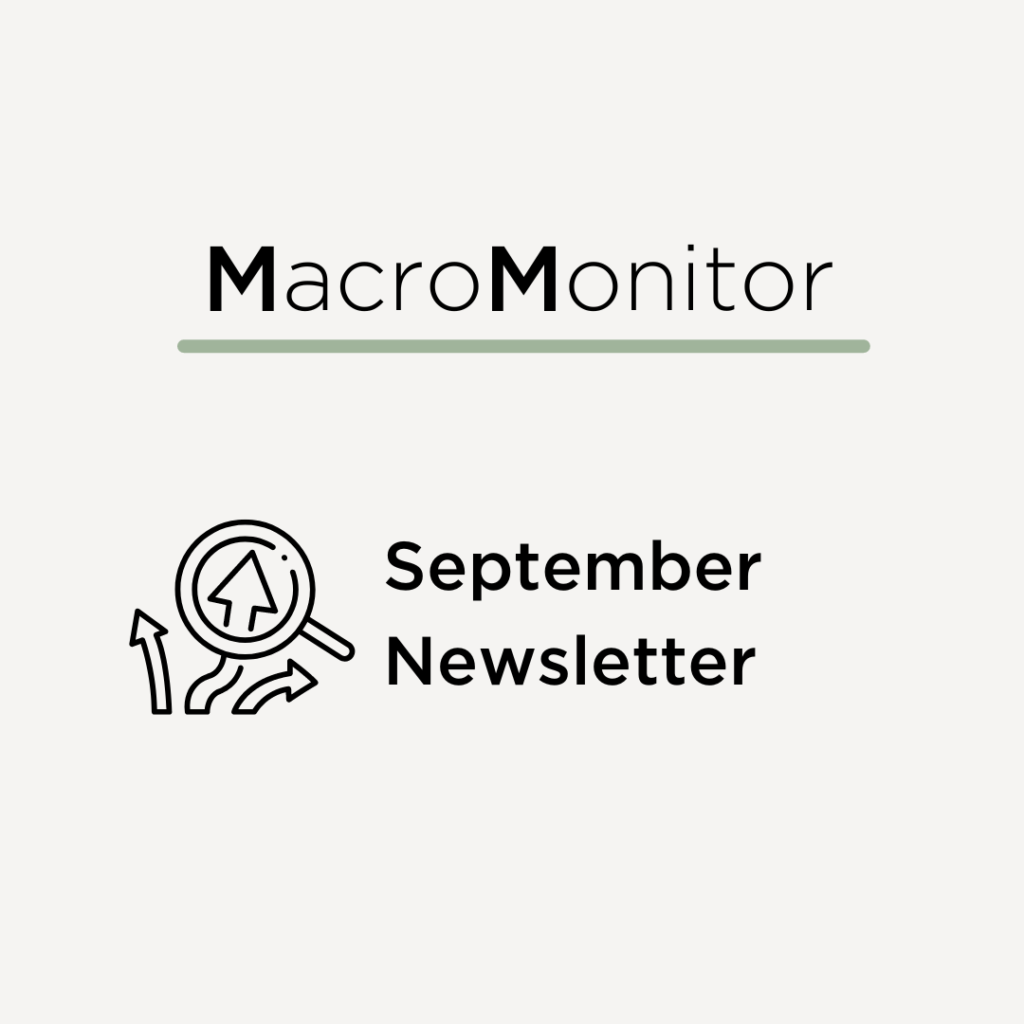
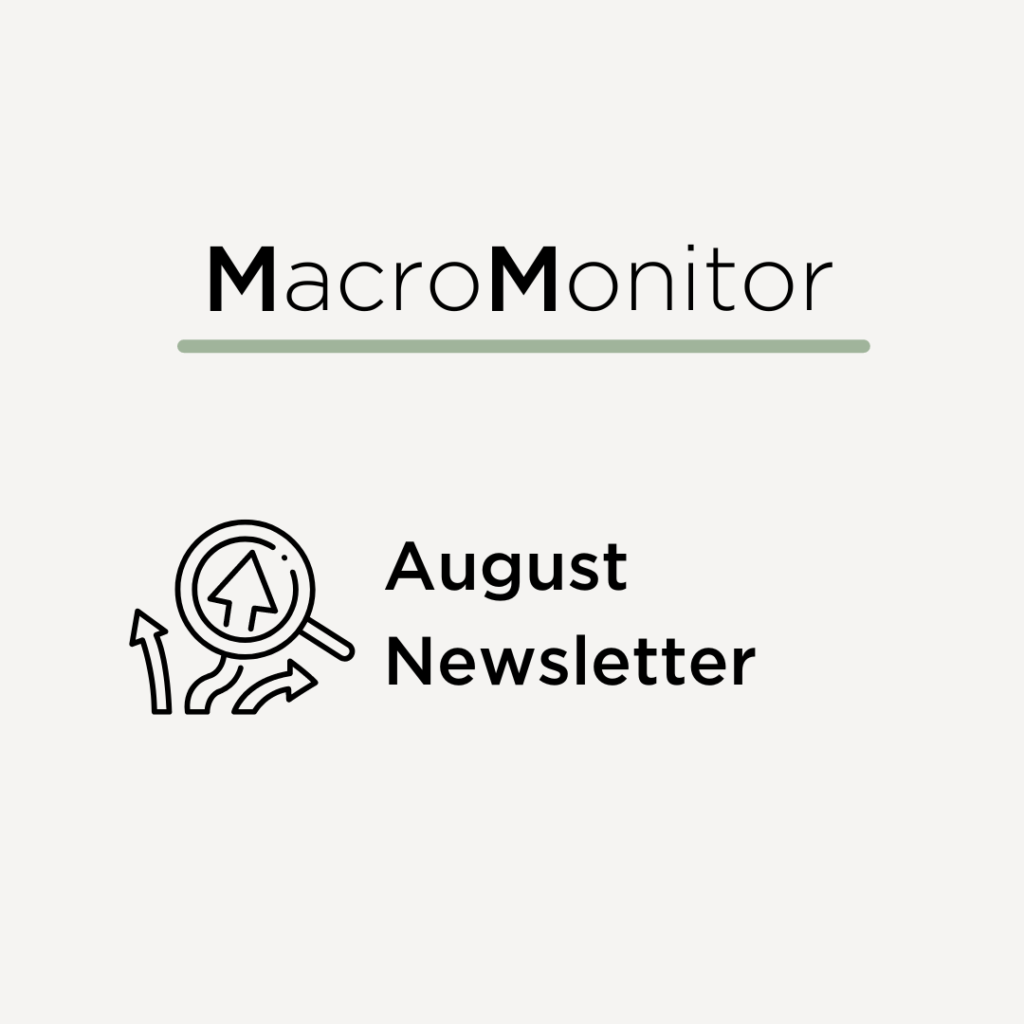
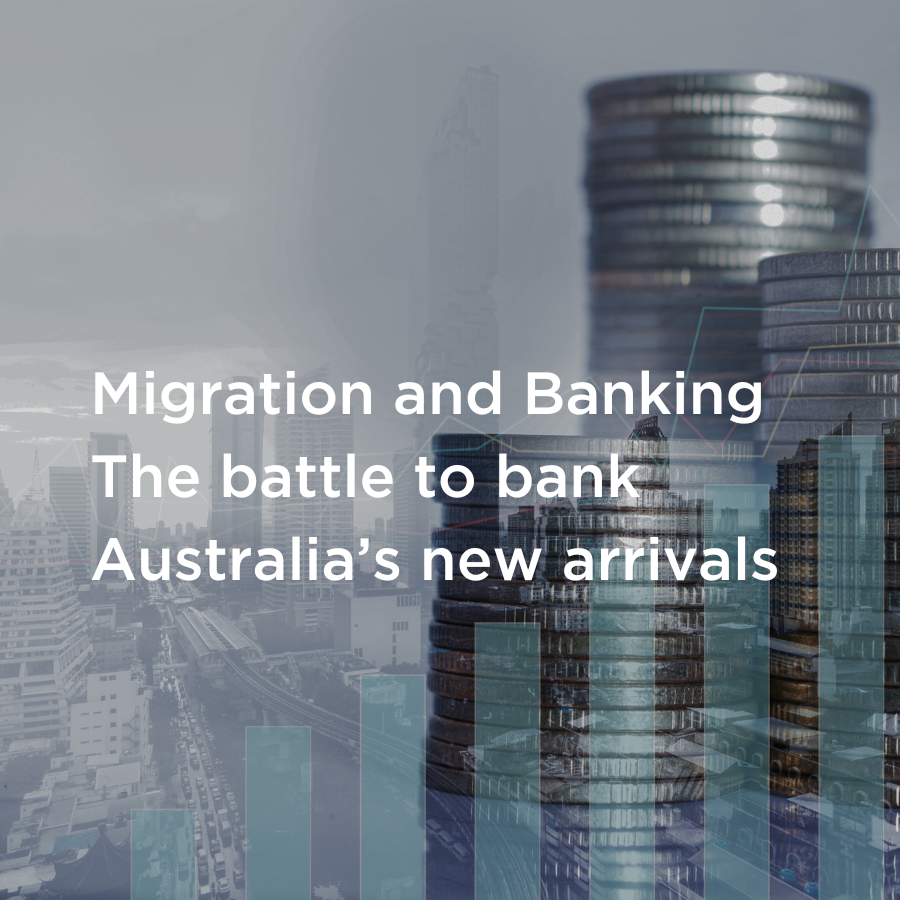
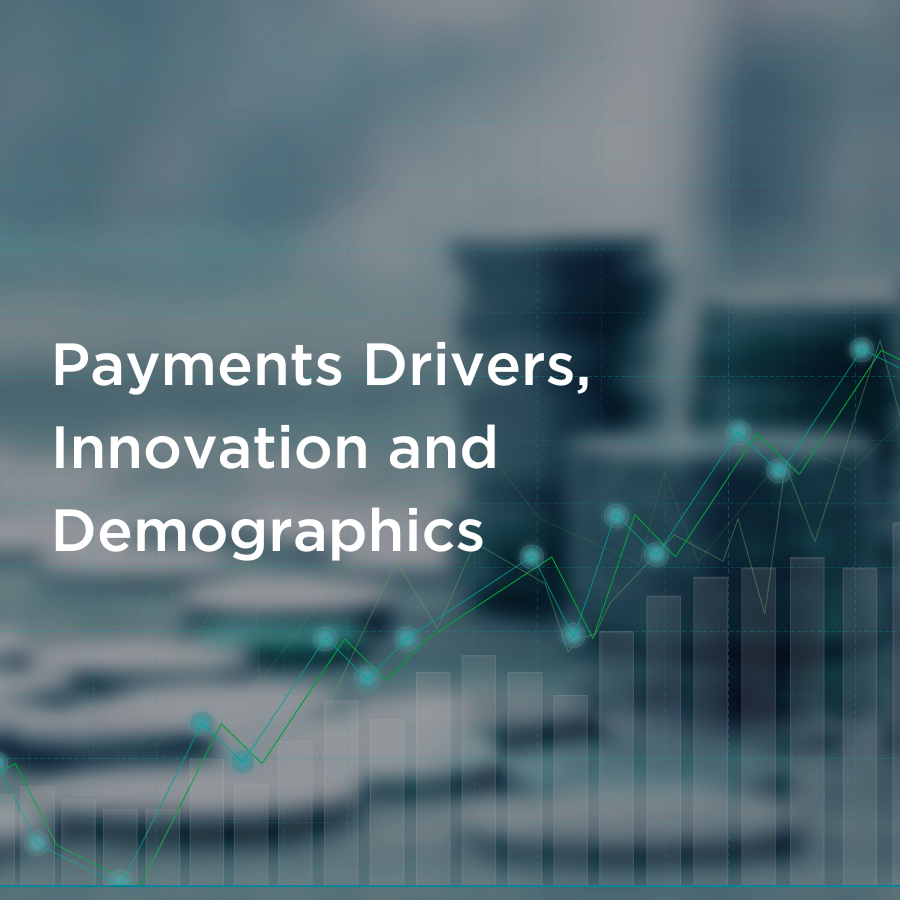
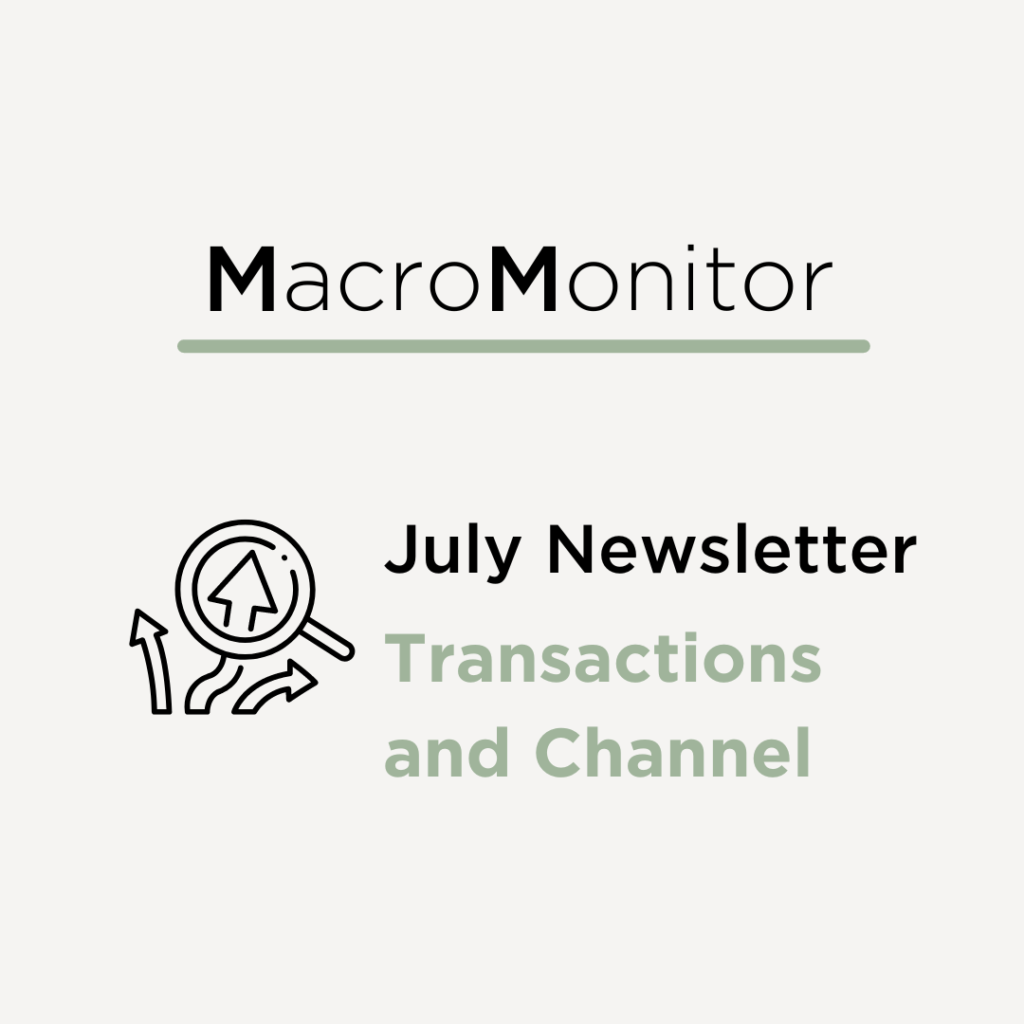


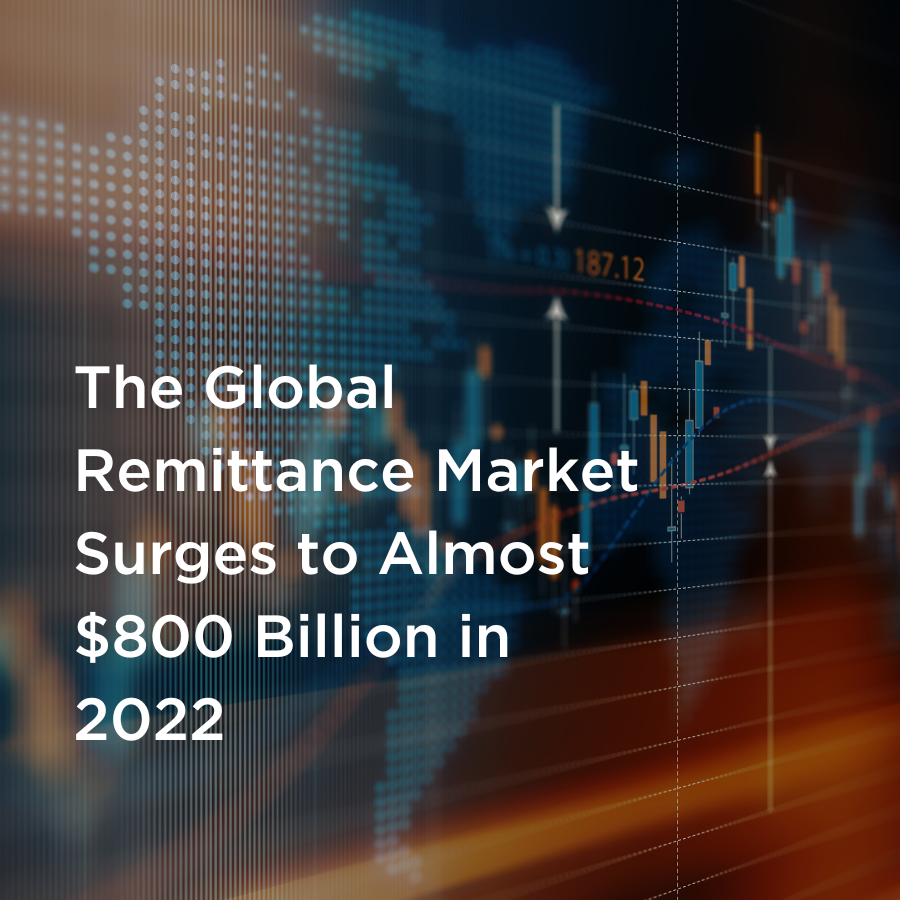
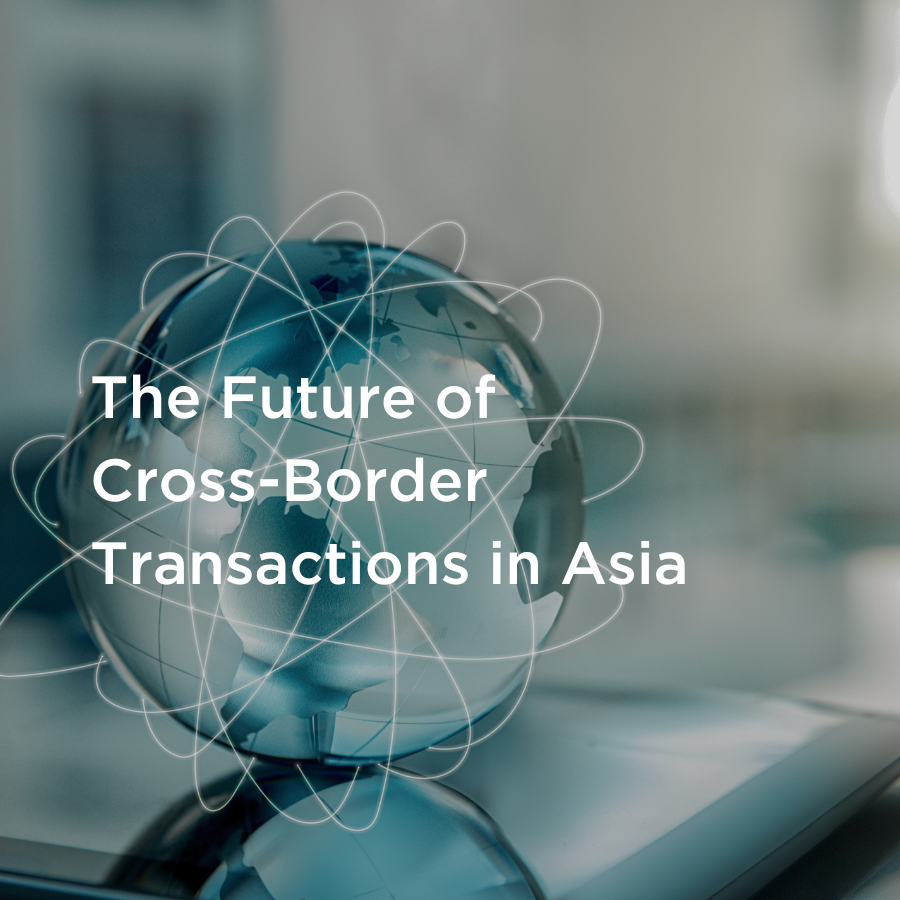
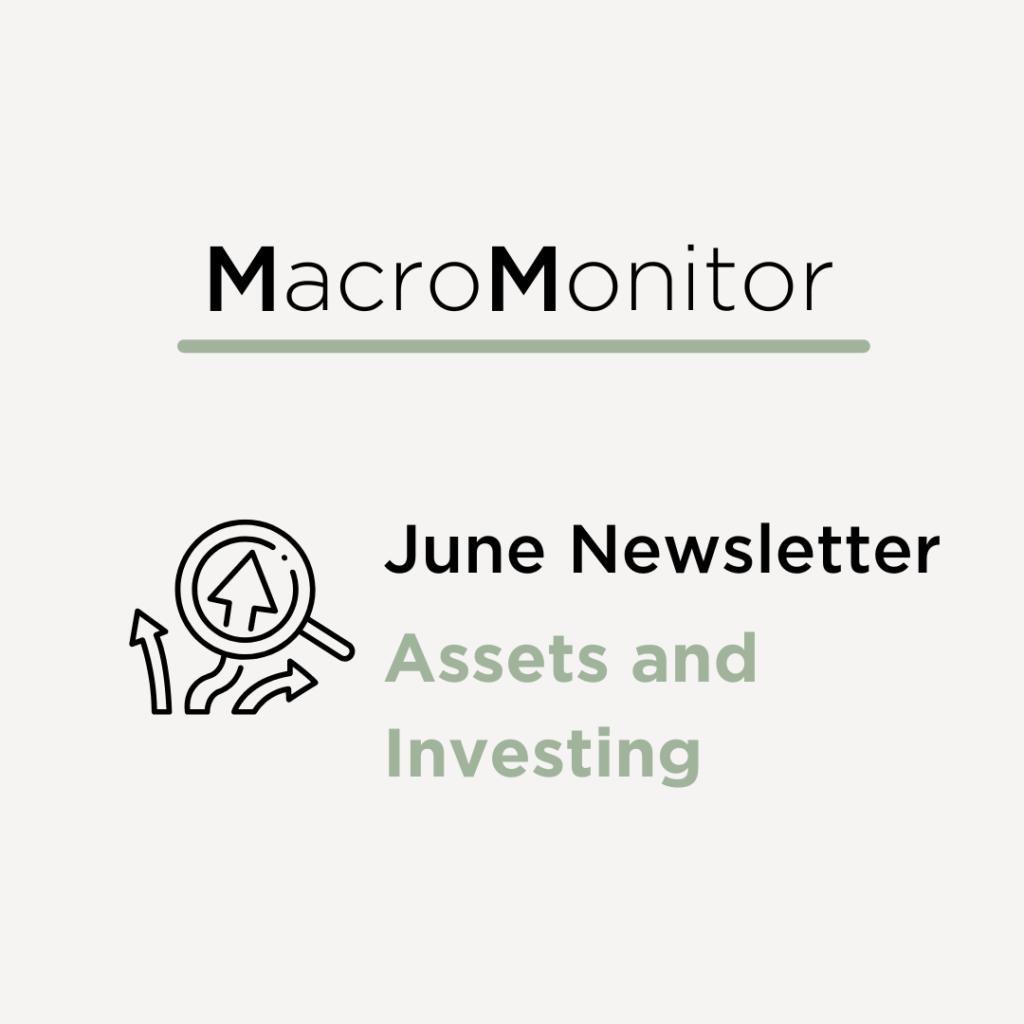
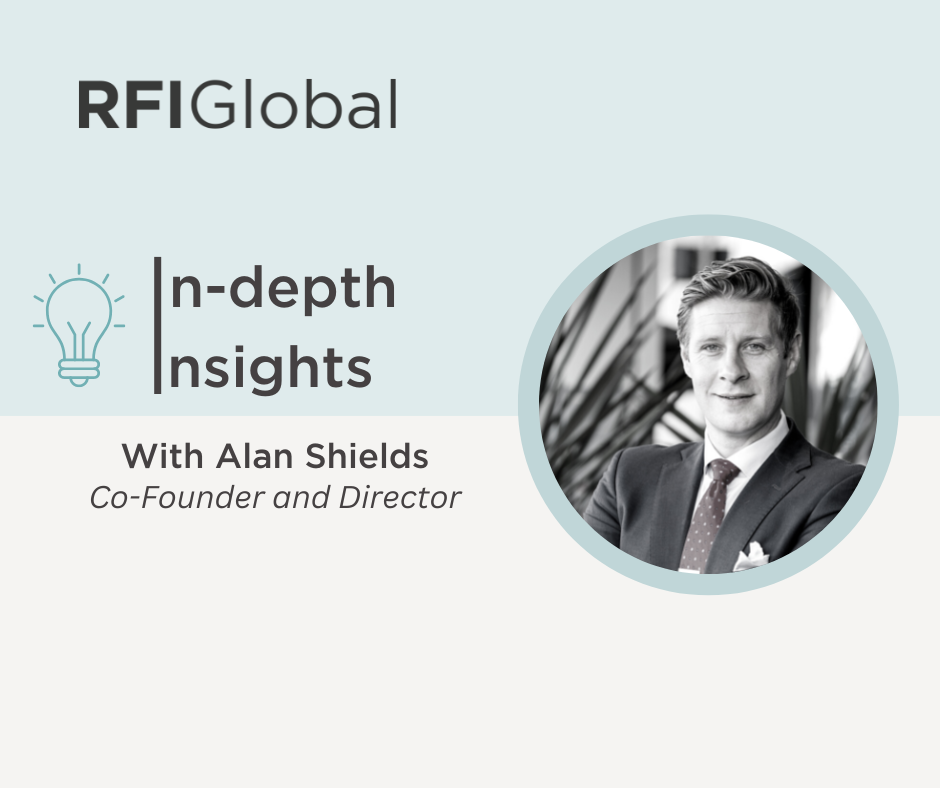

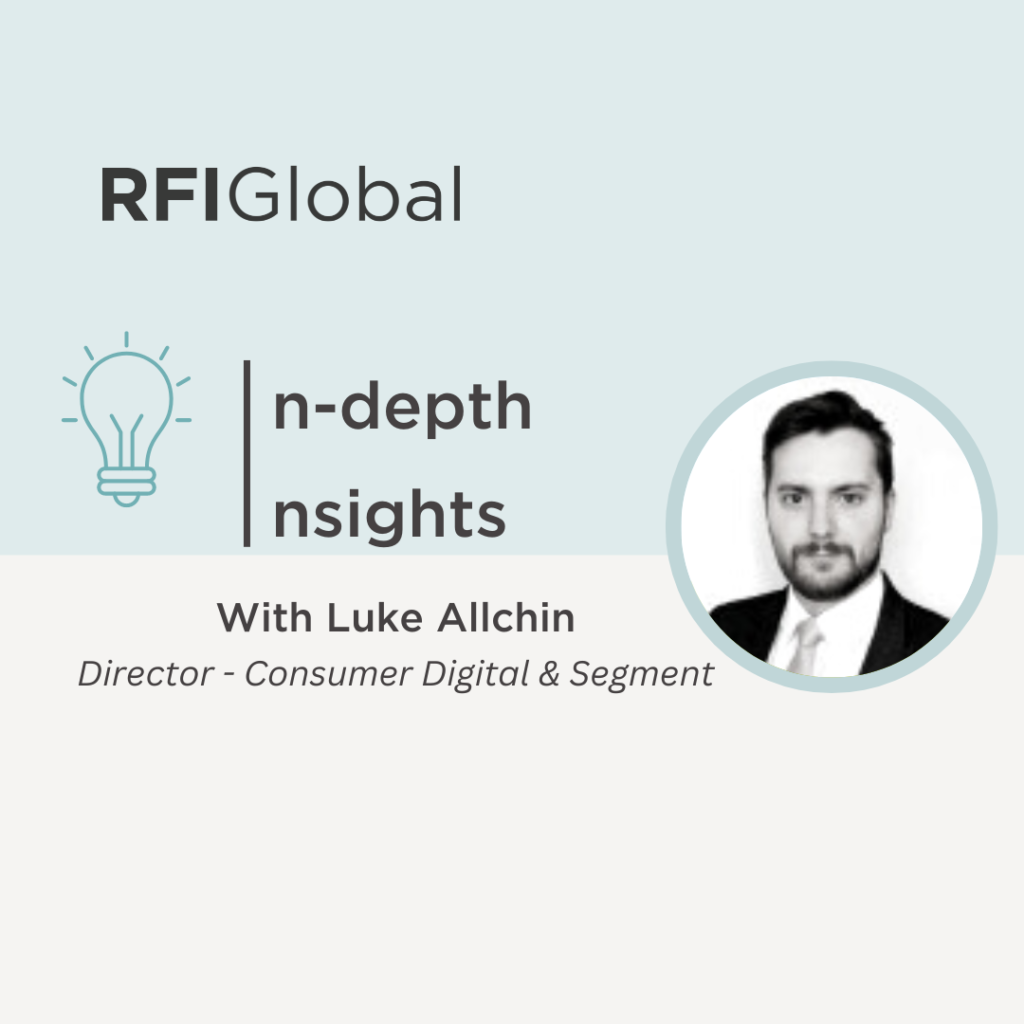
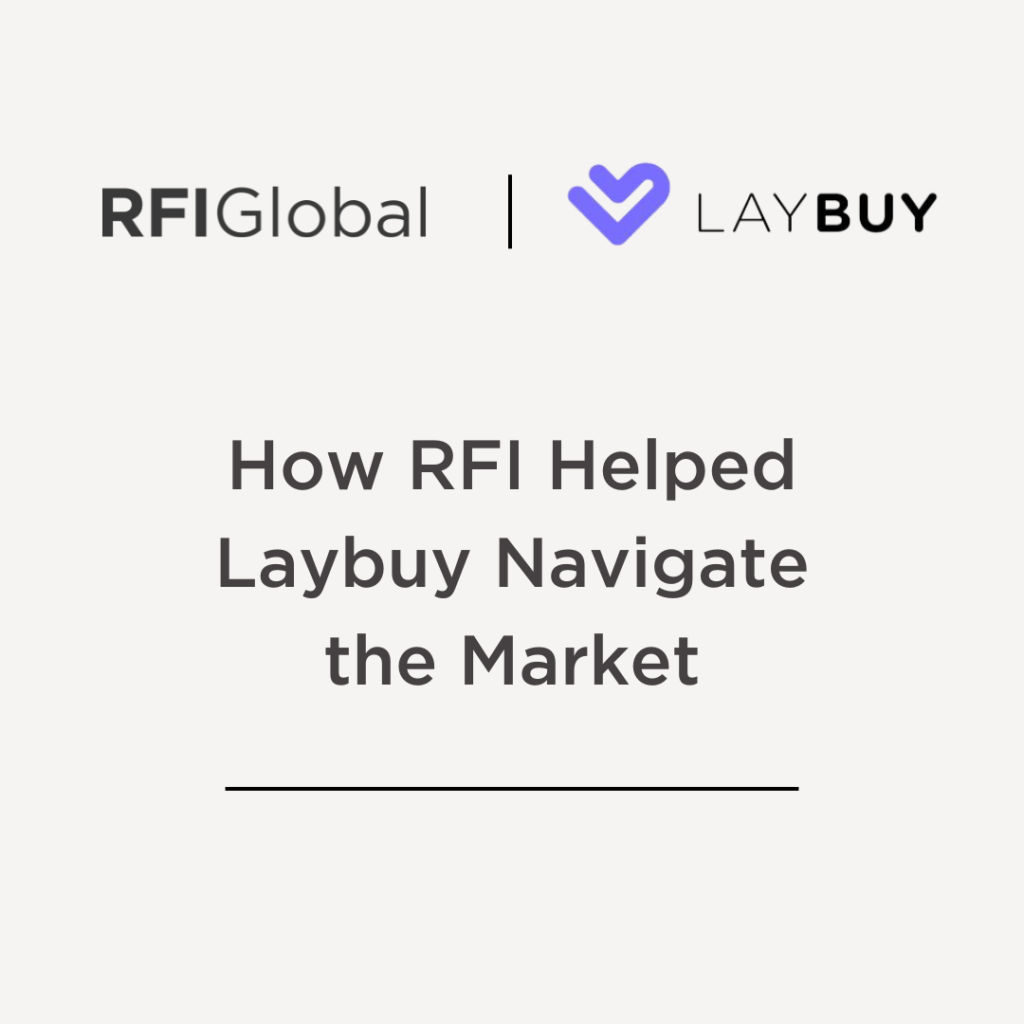
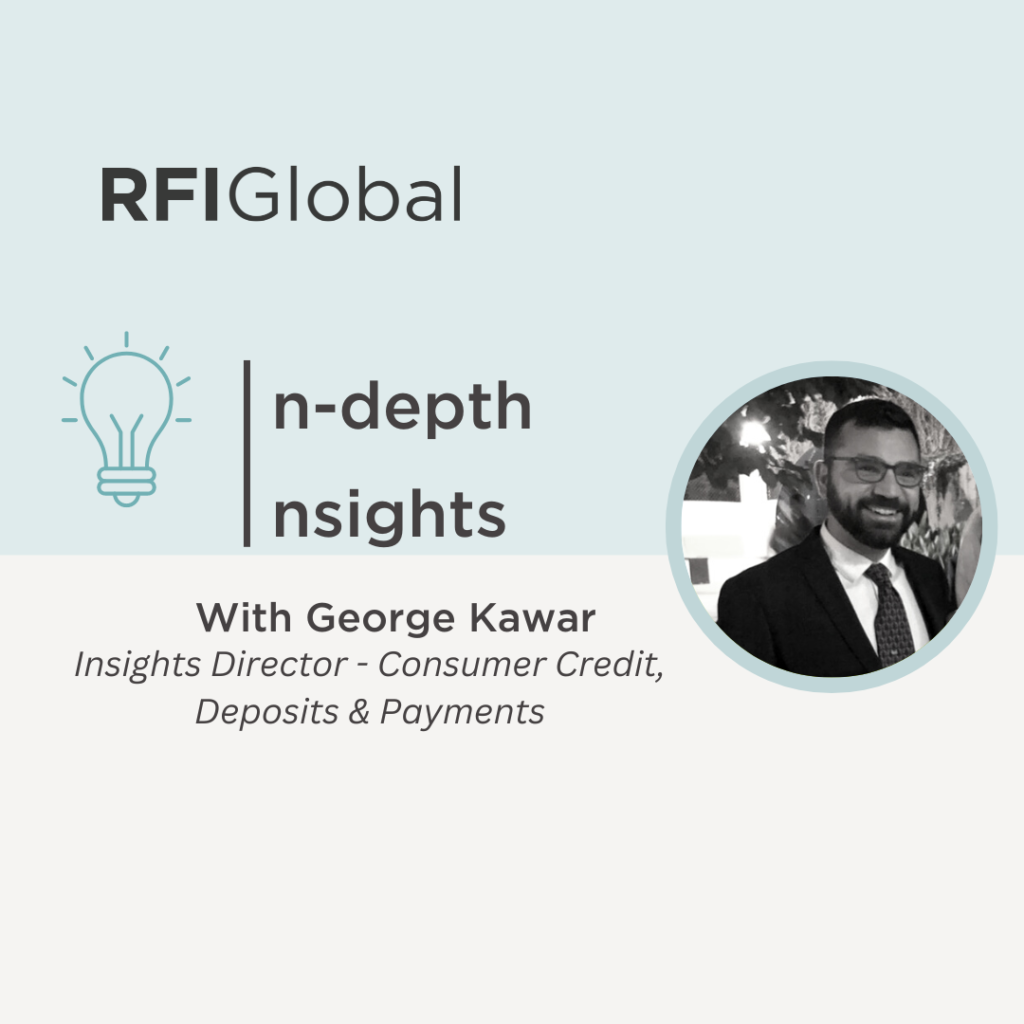
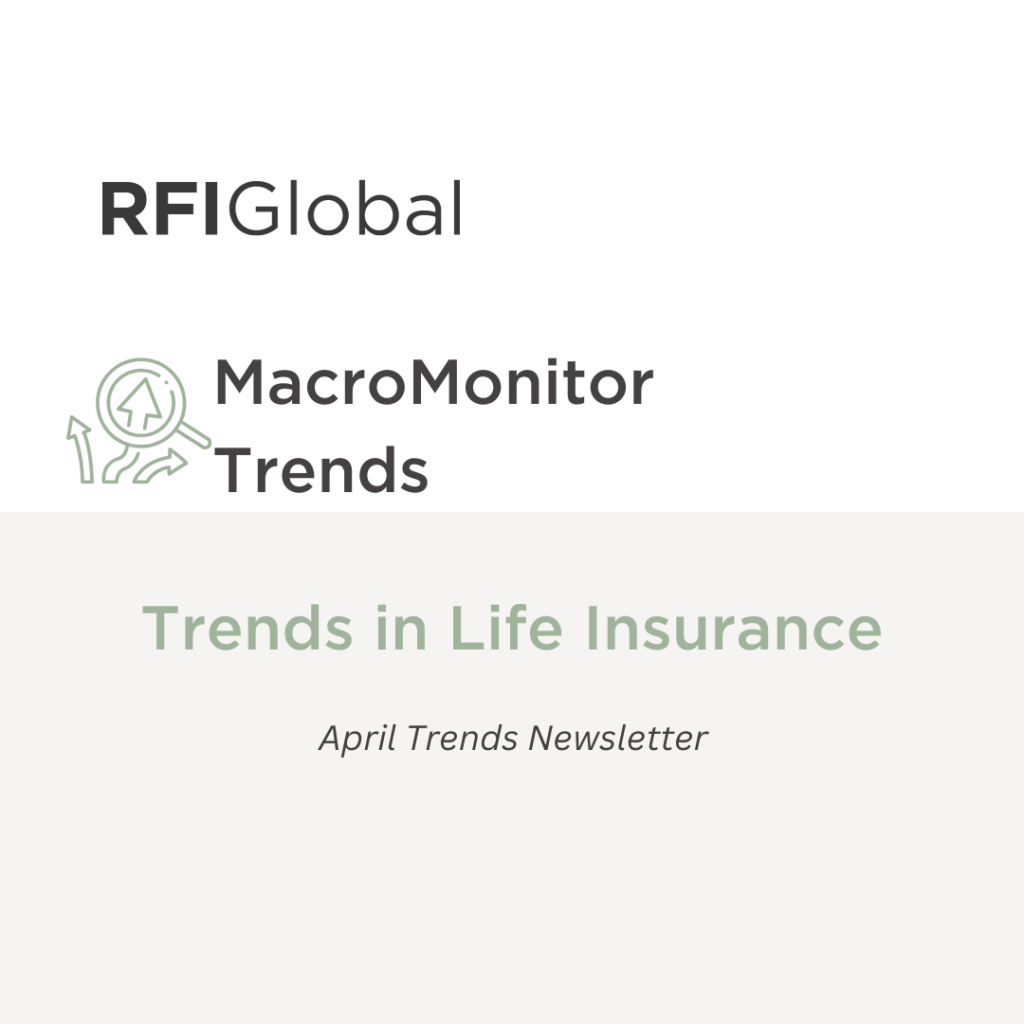
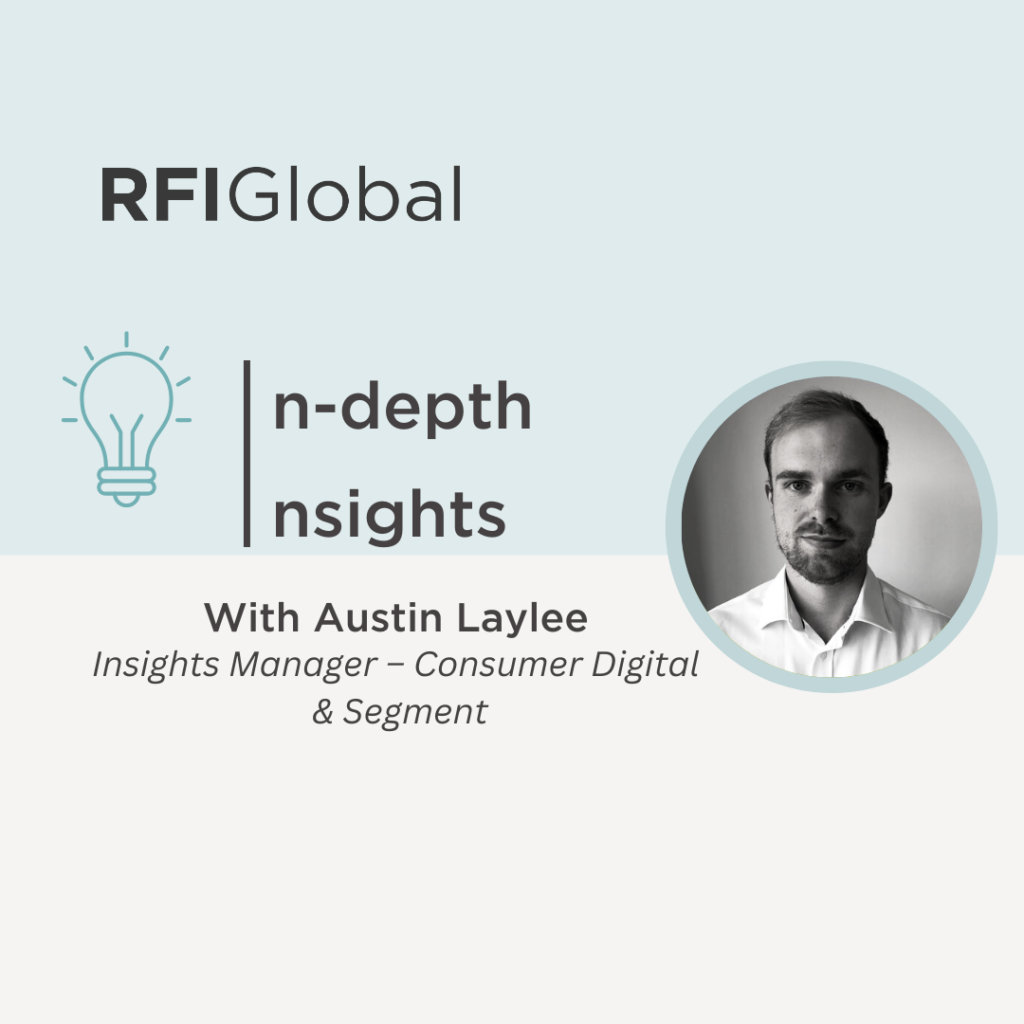
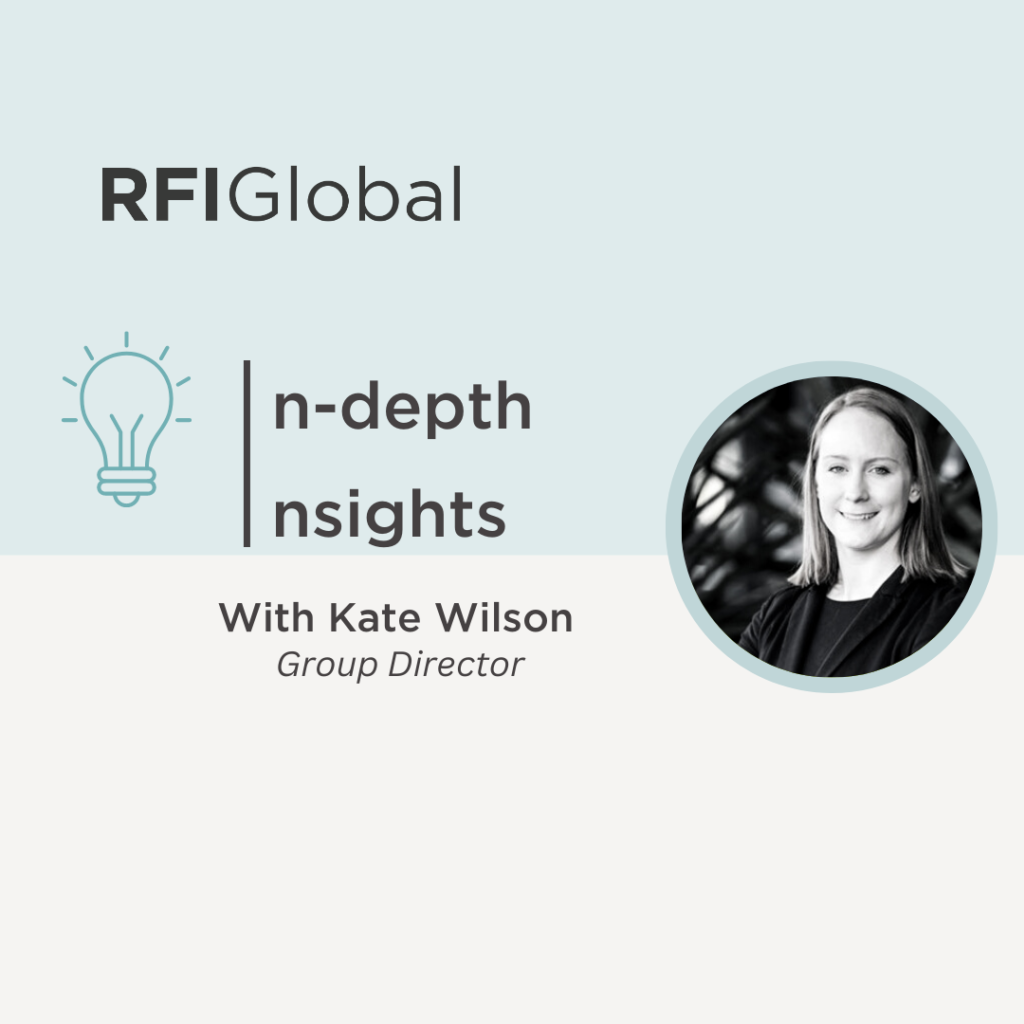
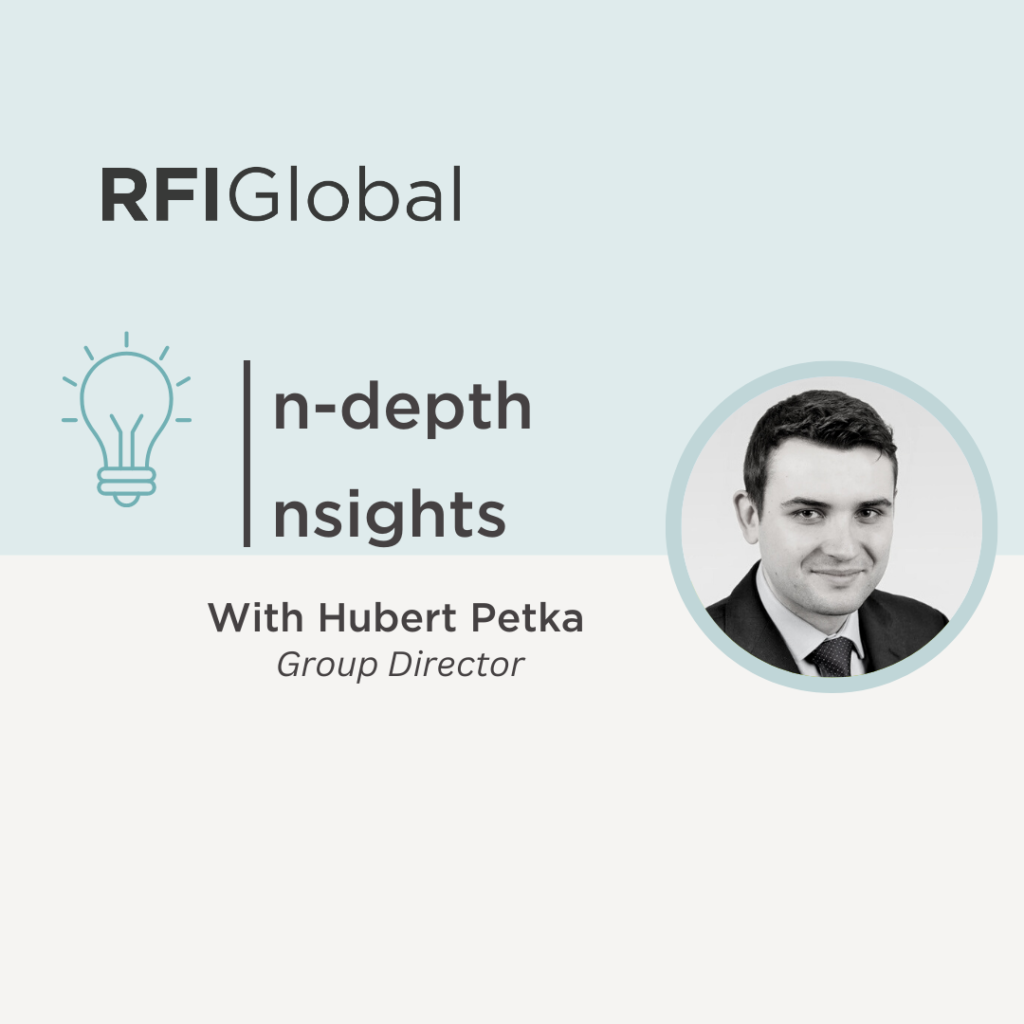
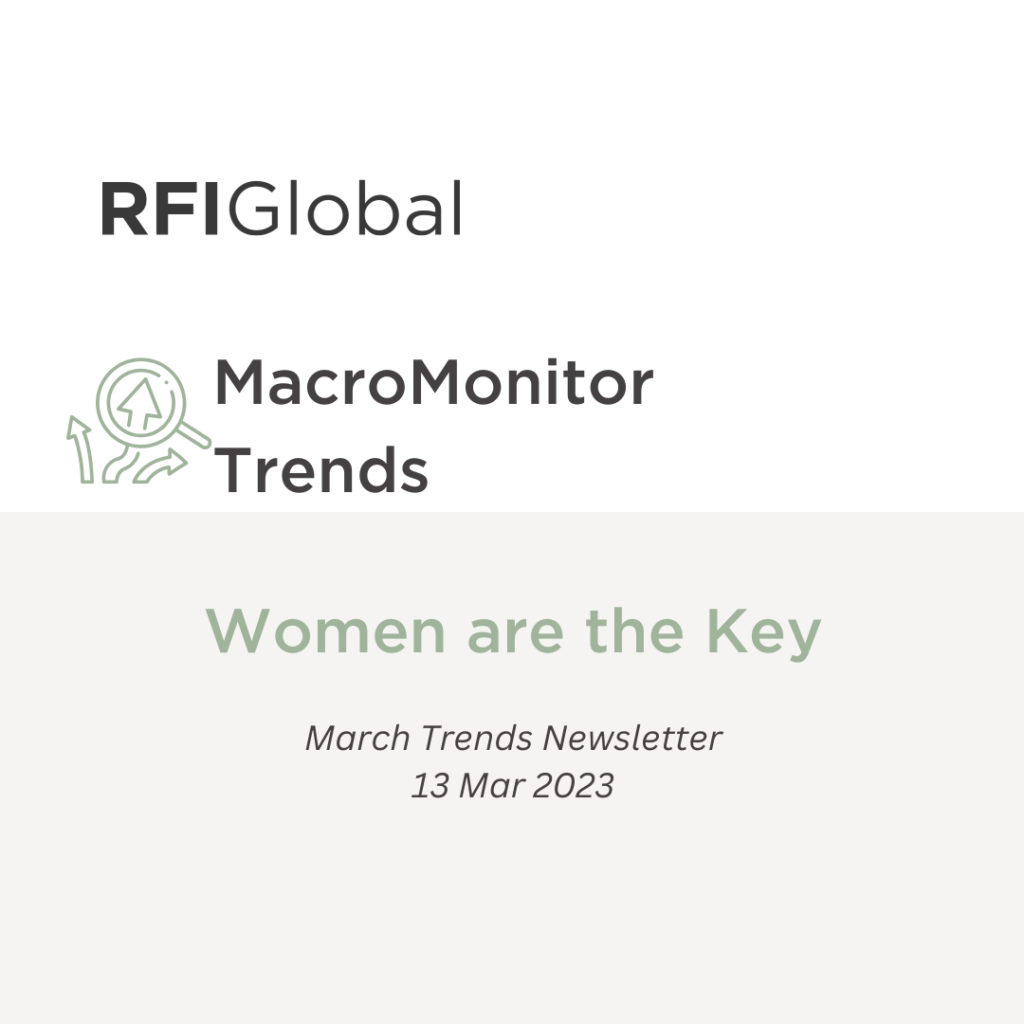
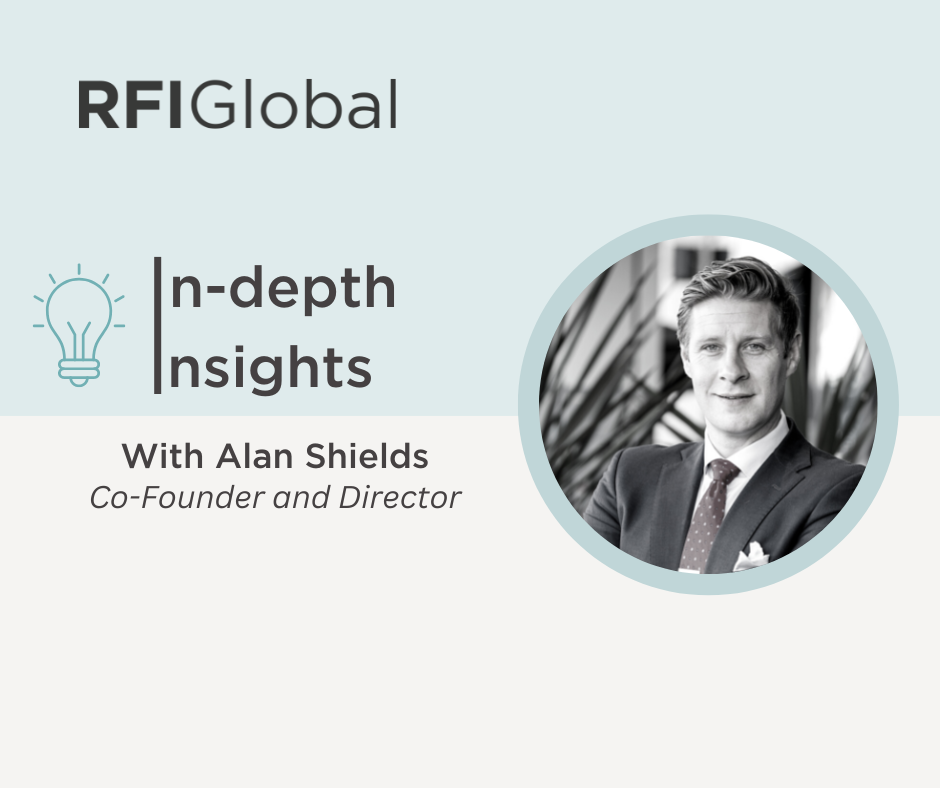
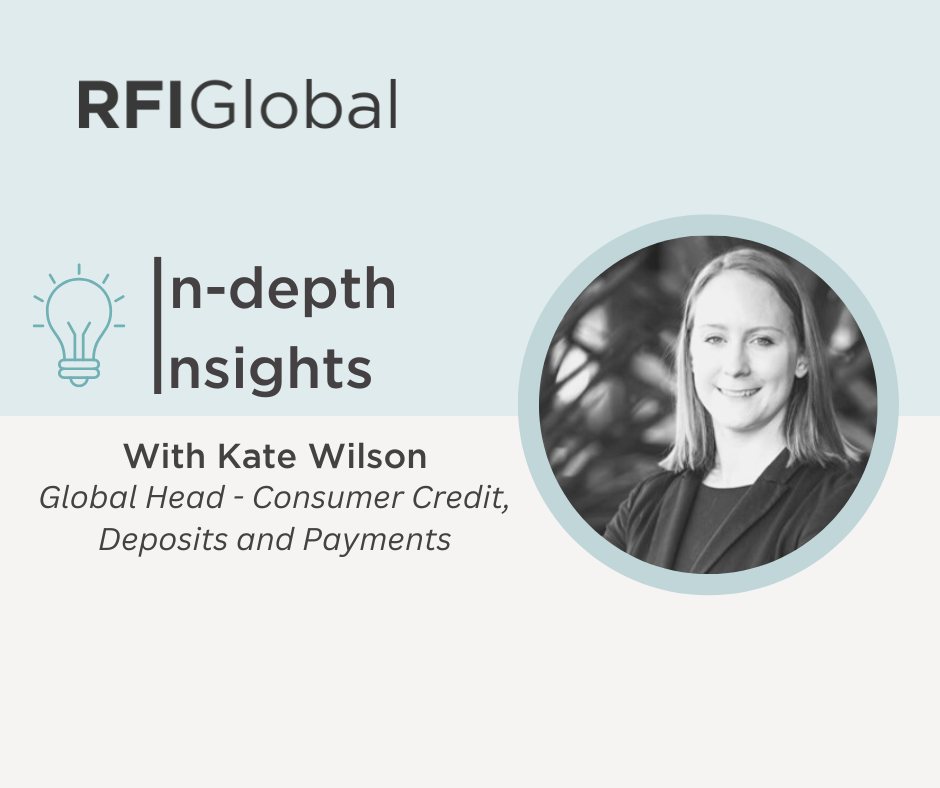
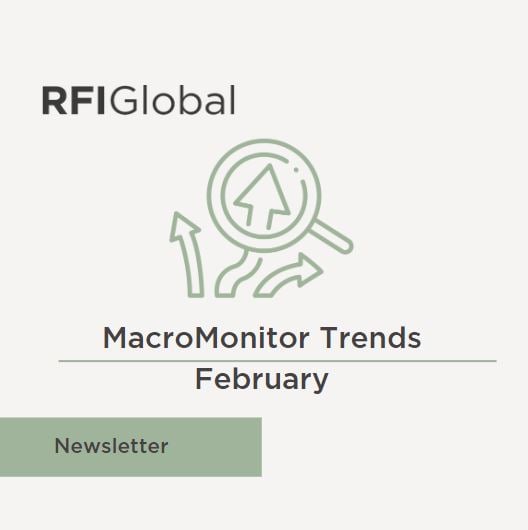


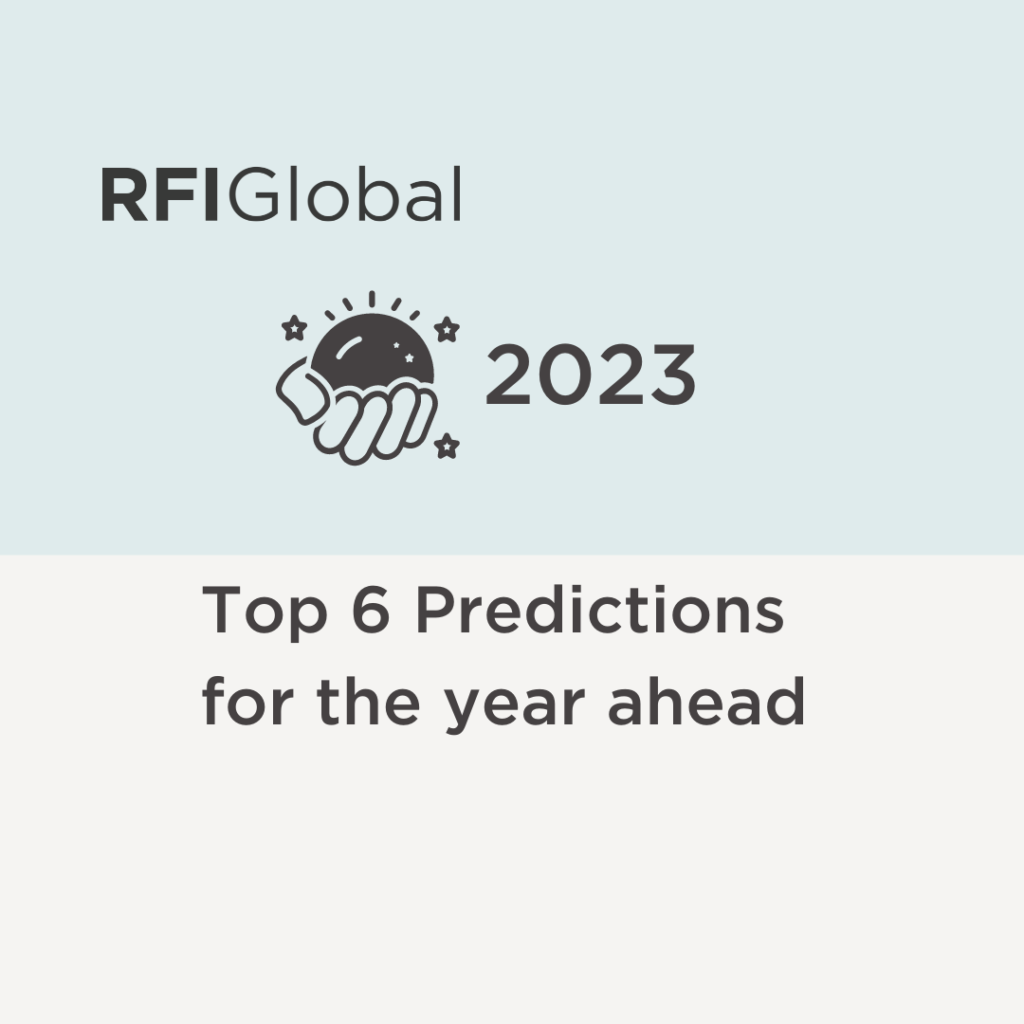
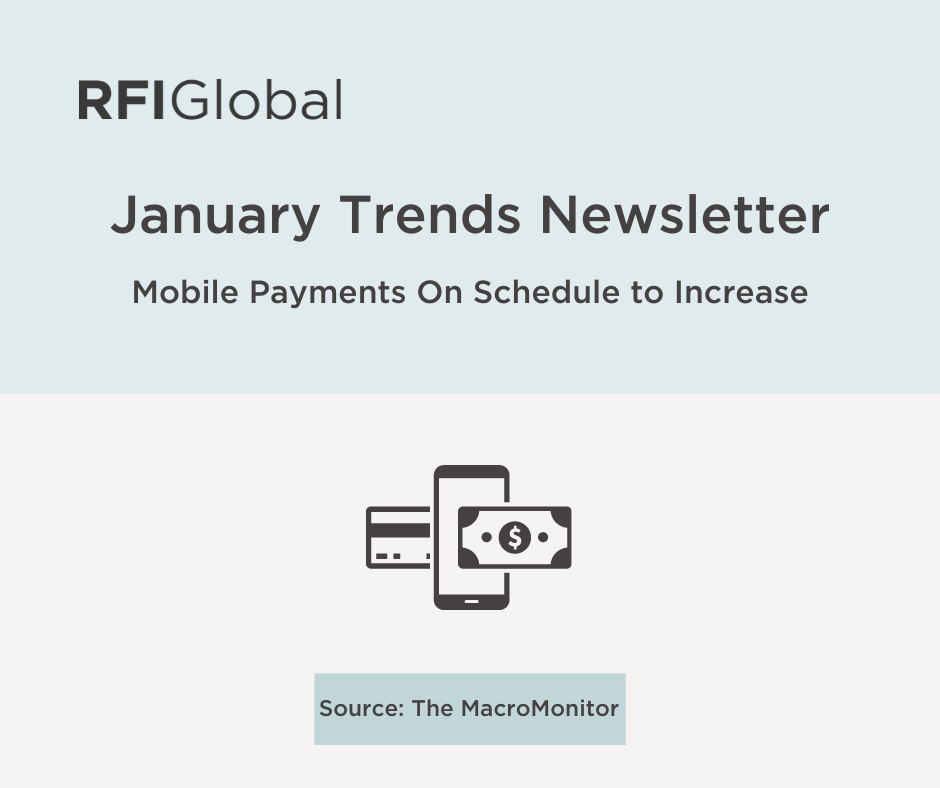
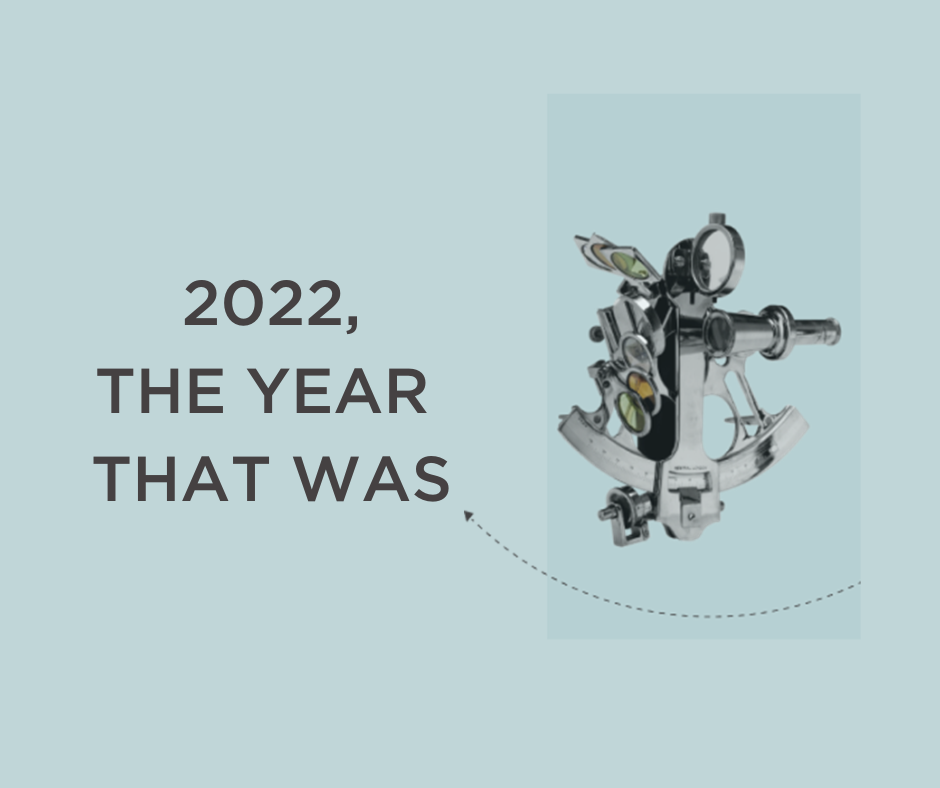







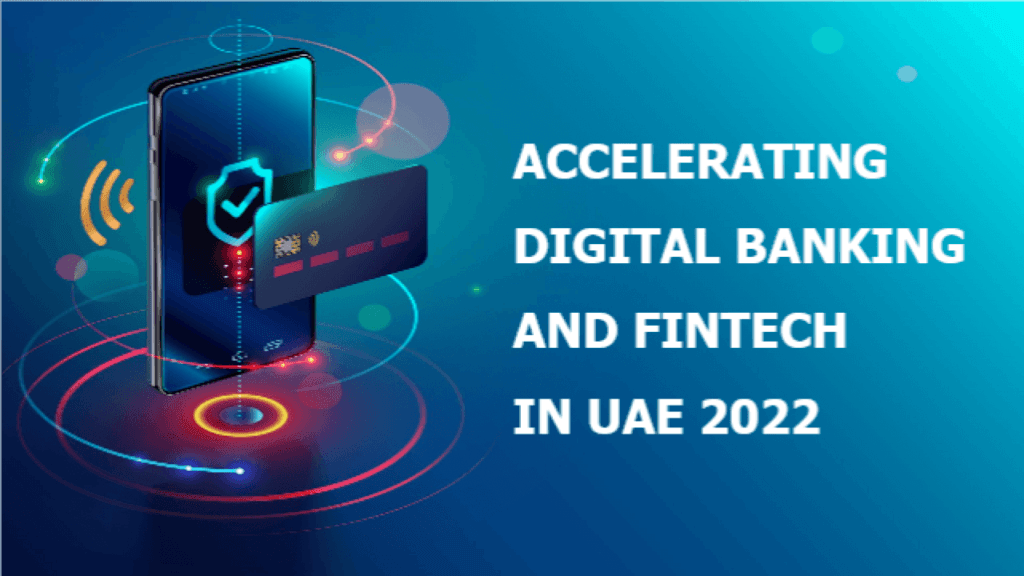
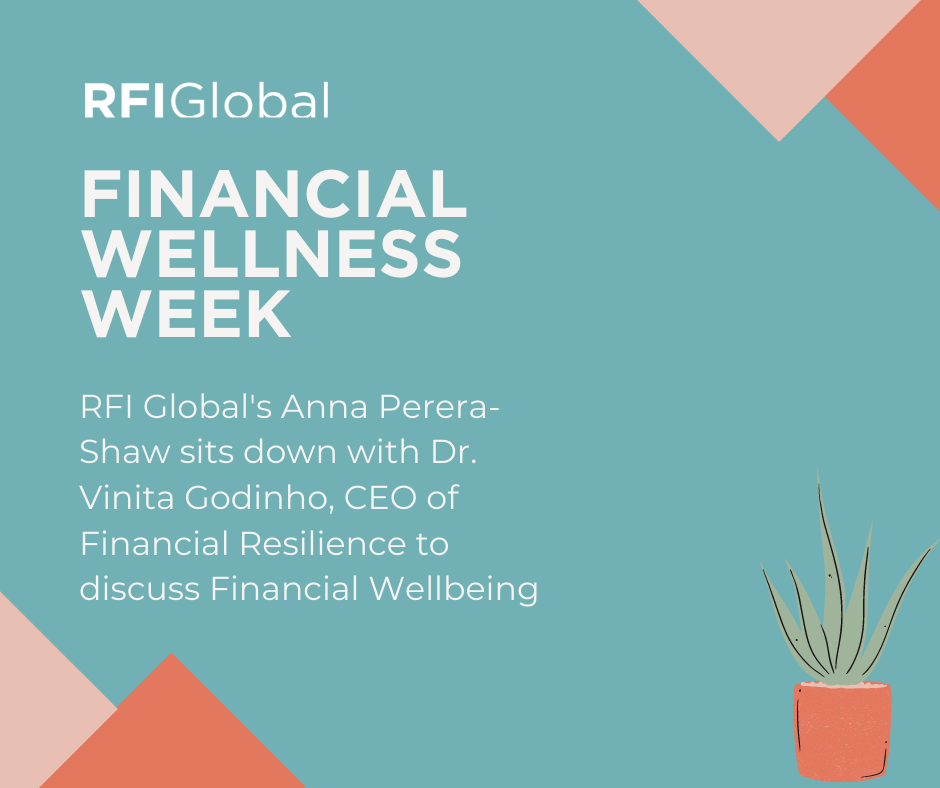





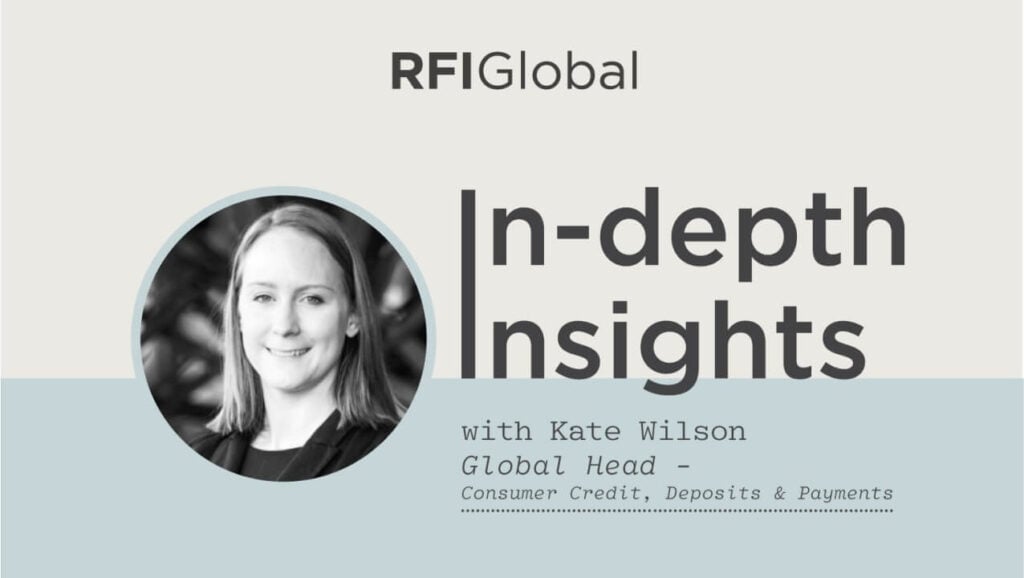










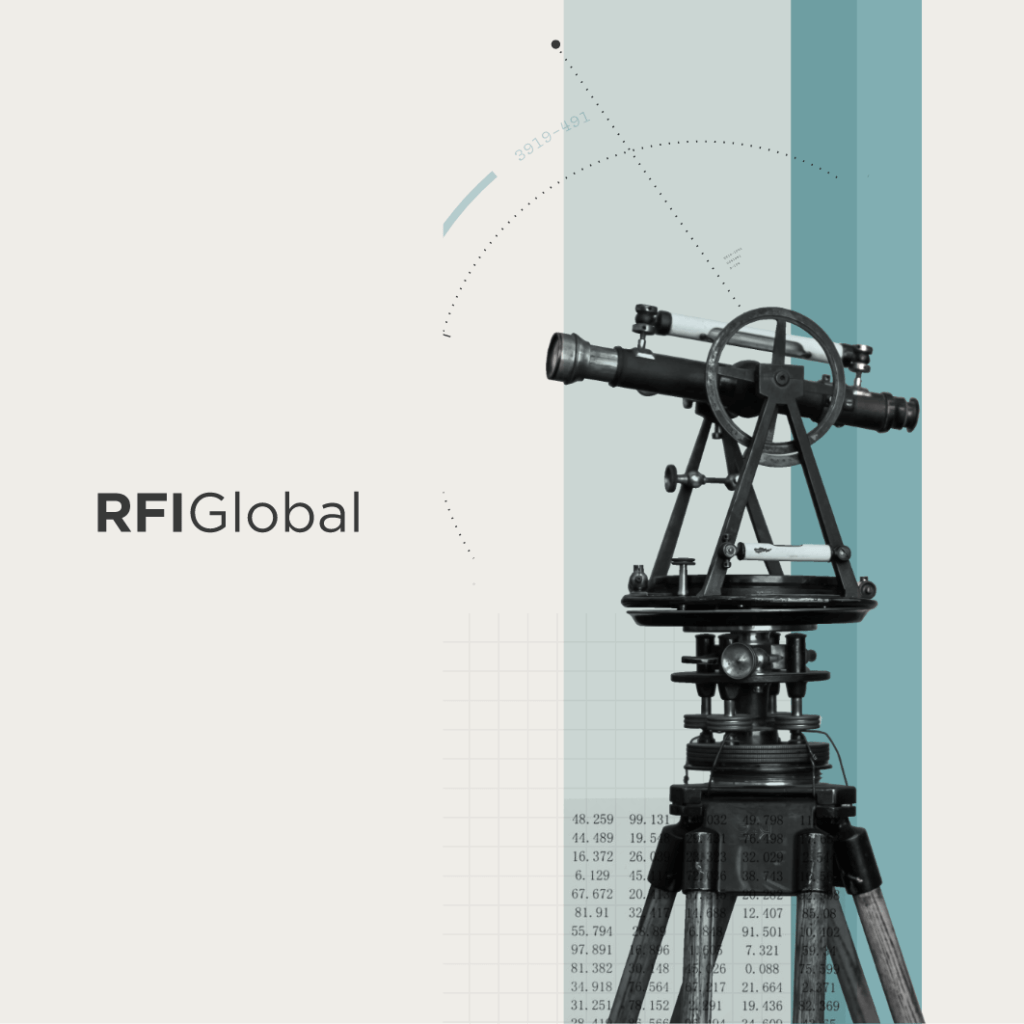


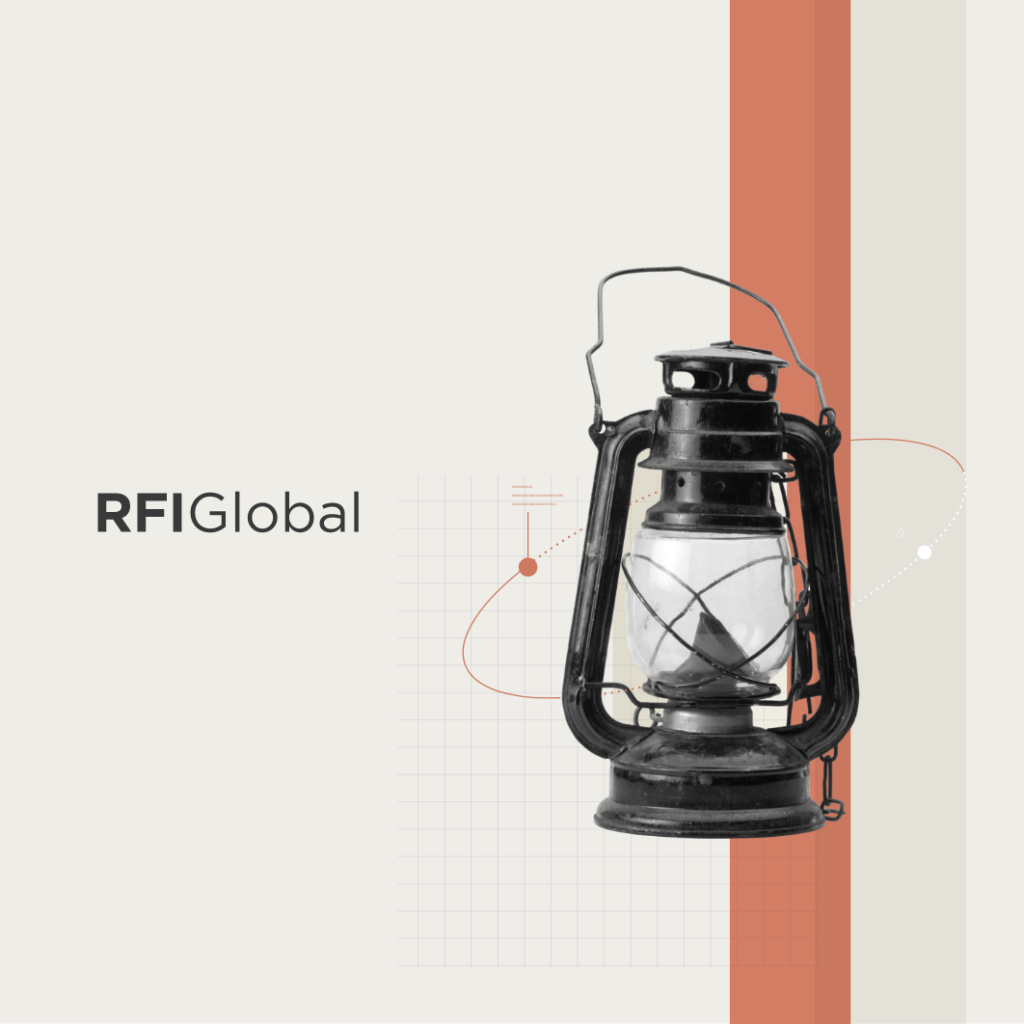
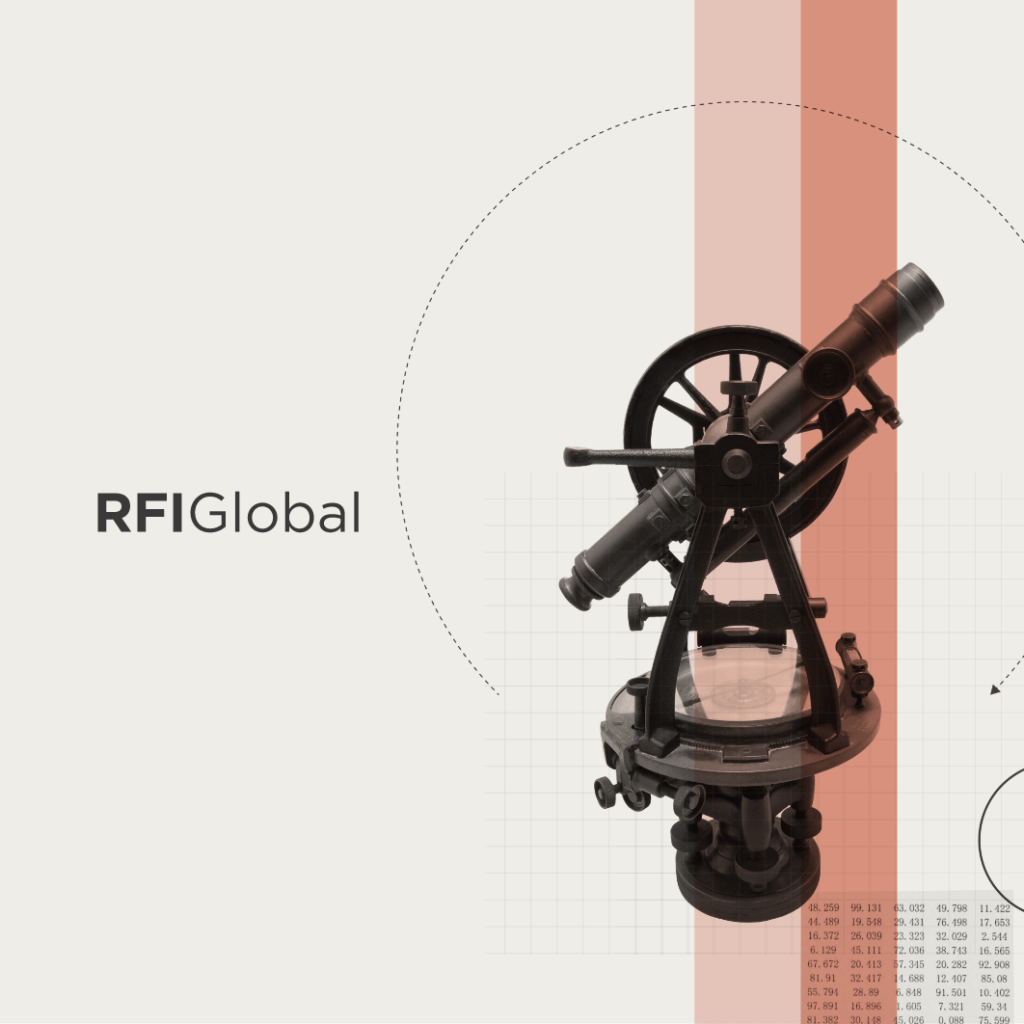
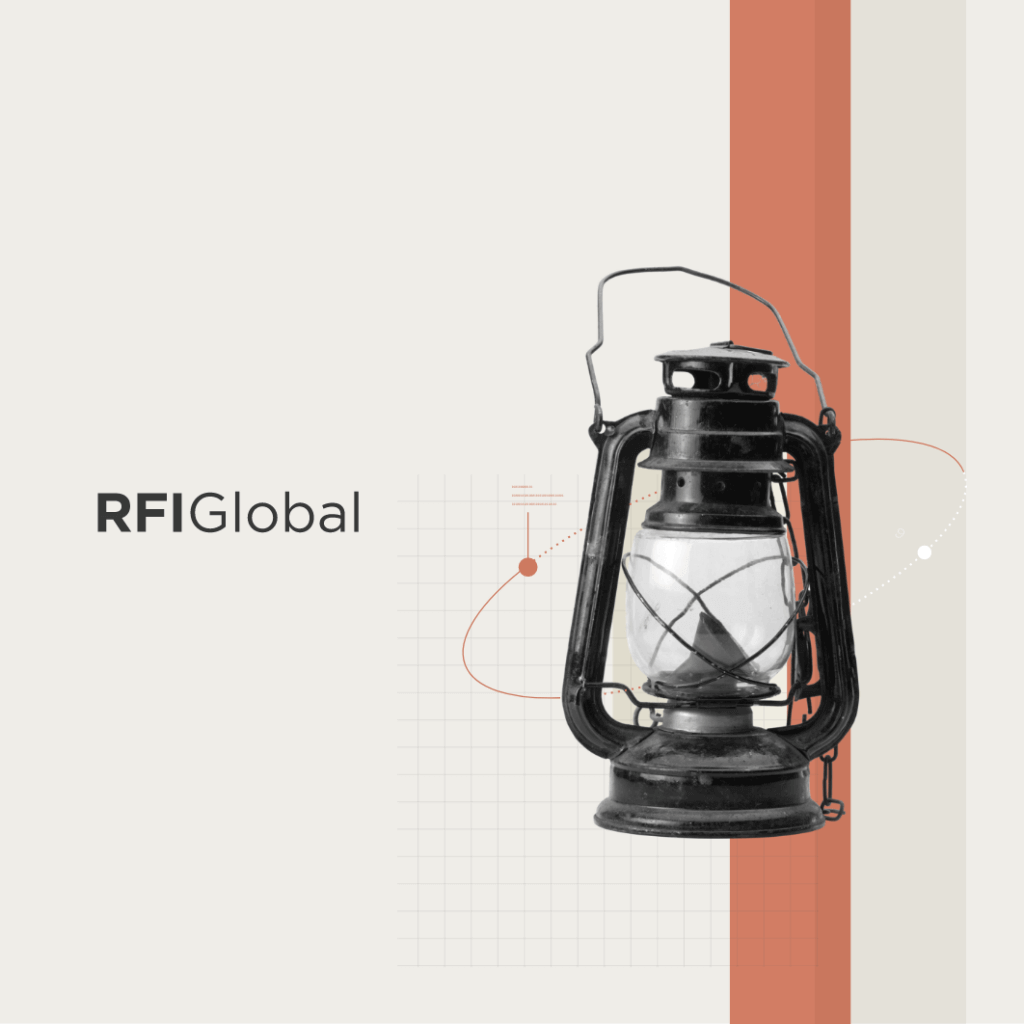
/NQA-ISO-27001-Logo-UKAS.jpg)